Denver Federal Center Museum in Lakewood, Colorado
Satellite photos courtesy Google Earth. All other photos by David Barth.
Text and access to the museum, courtesy the Denver Federal Center and GSA.
Edited by David Barth 5 April 2014.
Denver Federal Center Museum (courtesy Denver Federal Center and GSA):
History is an educational tool that shapes who we are and the world we live in. The Denver Federal Center (DFC) played a key role in
developing Colorado and the Lakewood community. In an effort to tell this story, GSA established the DFC Museum in Building 41. It
captures the tremendous impact the center had on Colorado's history and the cultural changes that have taken place since.
With the many changes taking place at the federal center today, GSA saw the museum as a great way to give back and re-connect with the
local community. From livestock ranch to dedicated arms and ammunition plant to federal office campus, GSA opens its doors to visitors
on the land that is integral to the history of Lakewood and all of Colorado.
The museum holds more than 360 historic artifacts from the written history of DFC land beginning with the history of the Hayden Ranch,
which by 1940 was the largest livestock operation in the Denver area. The ranch land was sold to the federal government to provide space
for the Denver Ordnance Plant (DOP) during World War II. The plant would manufacture arms and ammunitions, pumping out several million
rifle and machine gun cartridges each month. After the war ended, the DOP became DFC now the largest U.S. federal office campus outside
of Washington, DC.
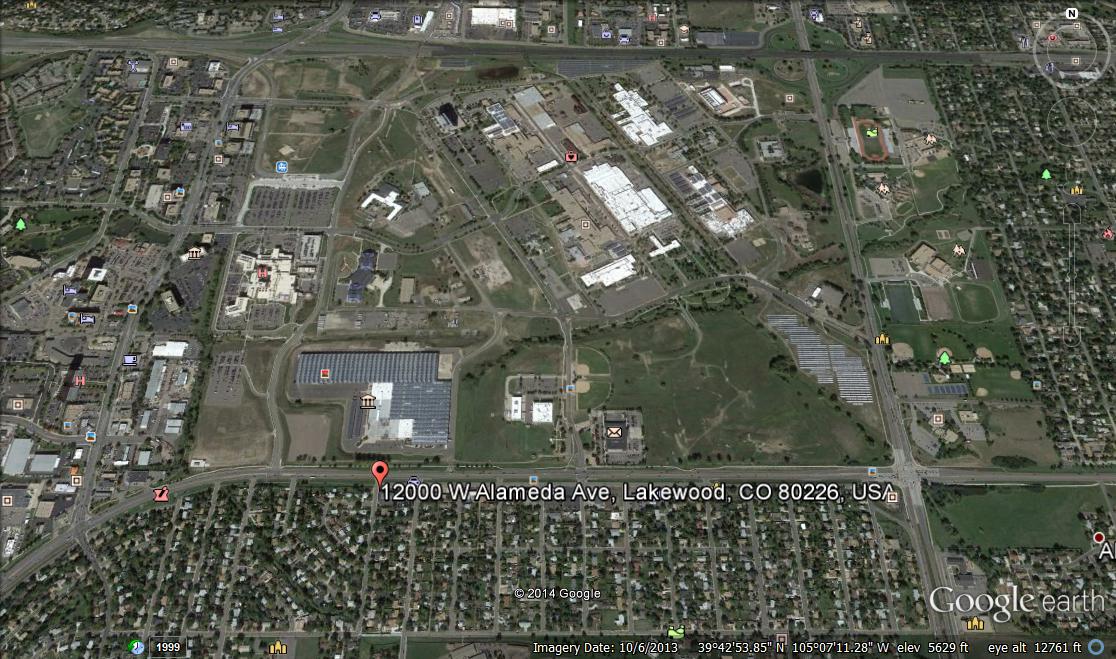 |
Denver Federal Center Building 41.
Satellite photo courtesy Google Earth. |
The museum is in building 41, the largest white building just above the center. It is one of the largest structures in the Denver Federal
Center (DFC). In this photo, the entire DFC is shown, bounded by 6th Avenue on the north, Alameda Avenue on the south,
Union Street on the west, and Kipling Street on the east.
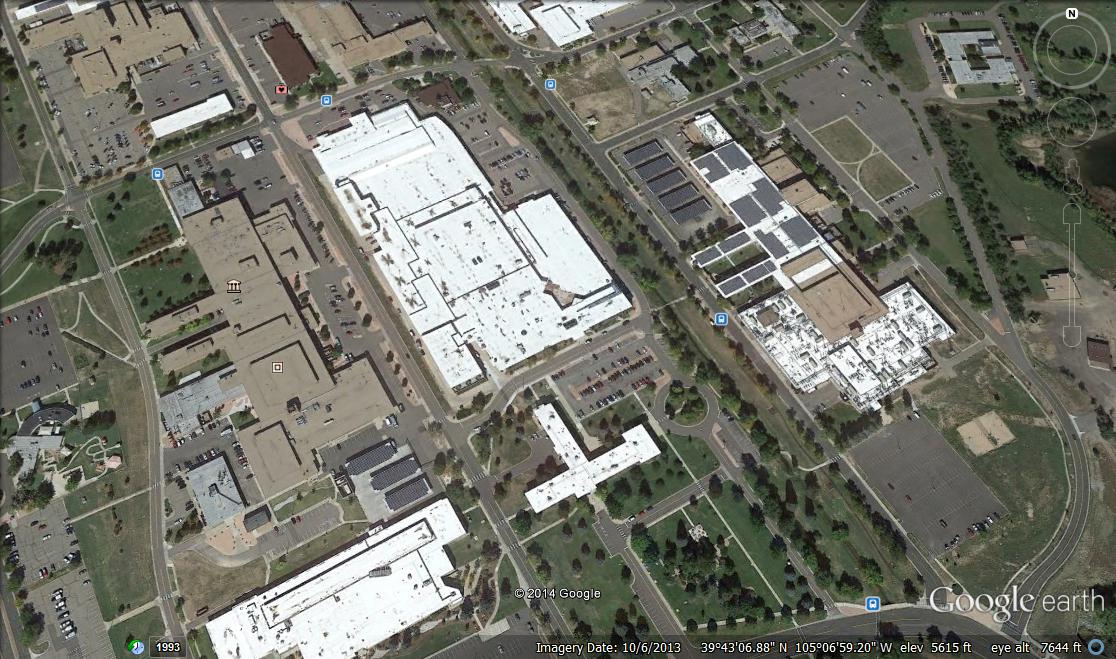 |
Denver Federal Center Building 41.
Satellite photo courtesy Google Earth. |
This is a closer view of building 41 at the DFC.
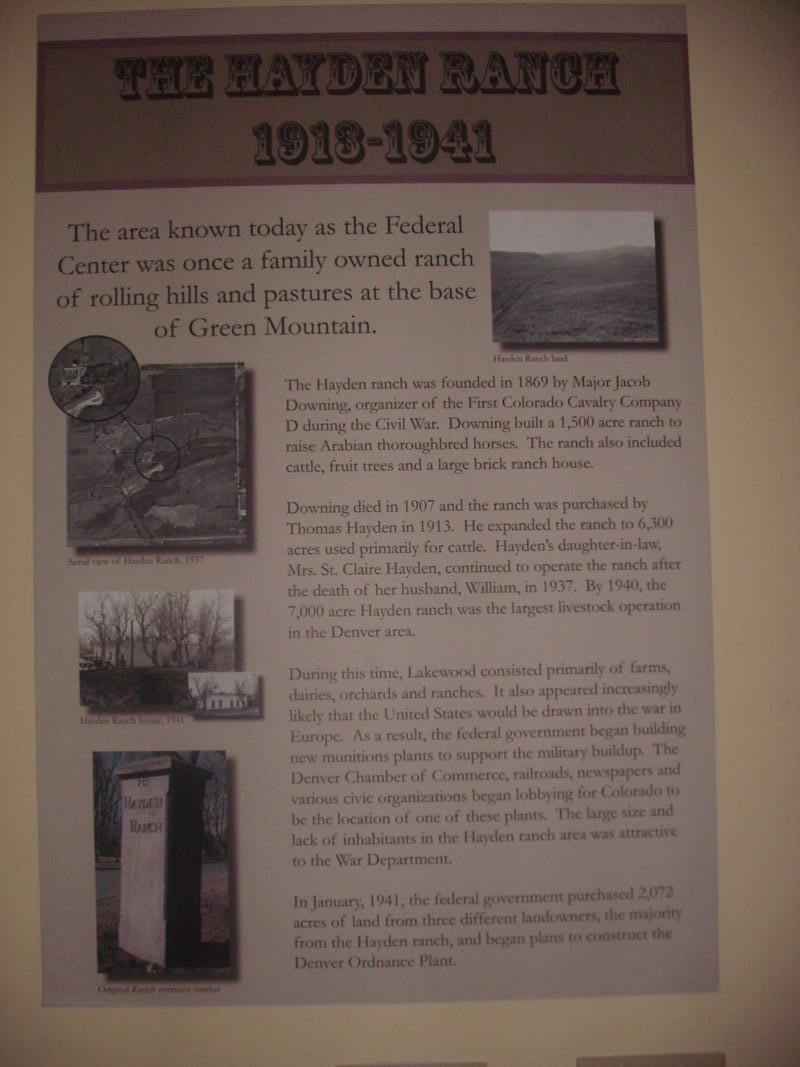 |
| Denver Federal Center Museum. |
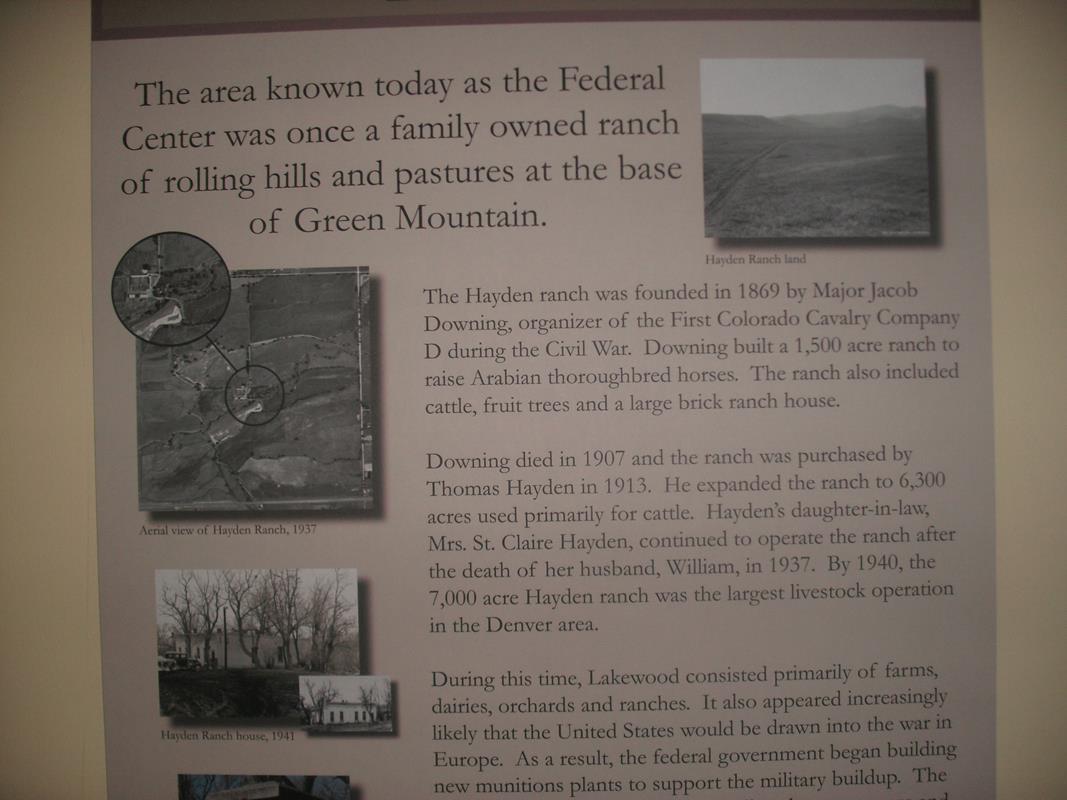 |
| Denver Federal Center Museum. |
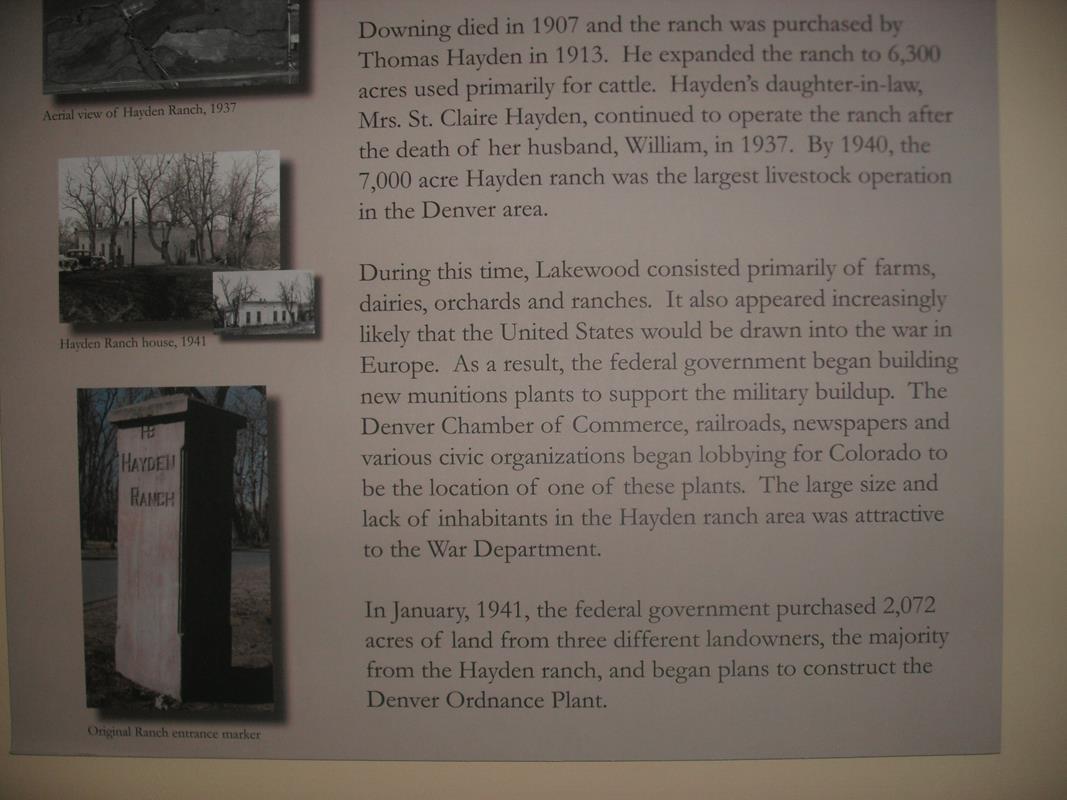 |
| Denver Federal Center Museum. |
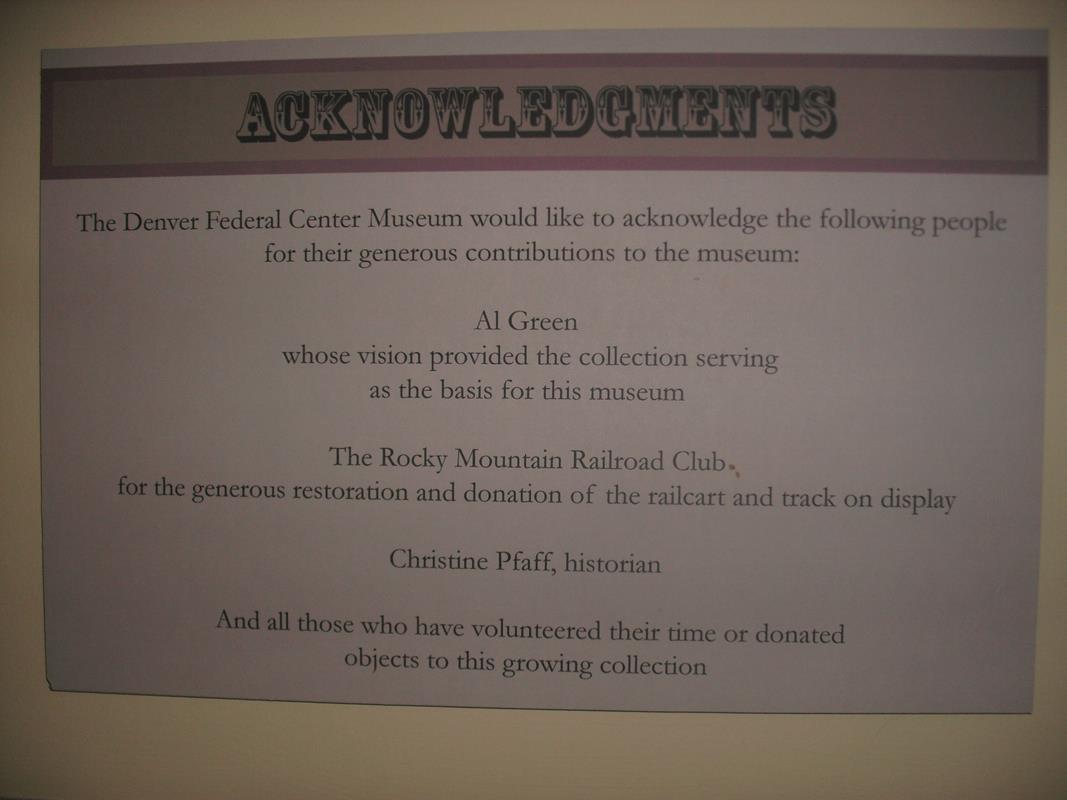 |
| Denver Federal Center Museum. |
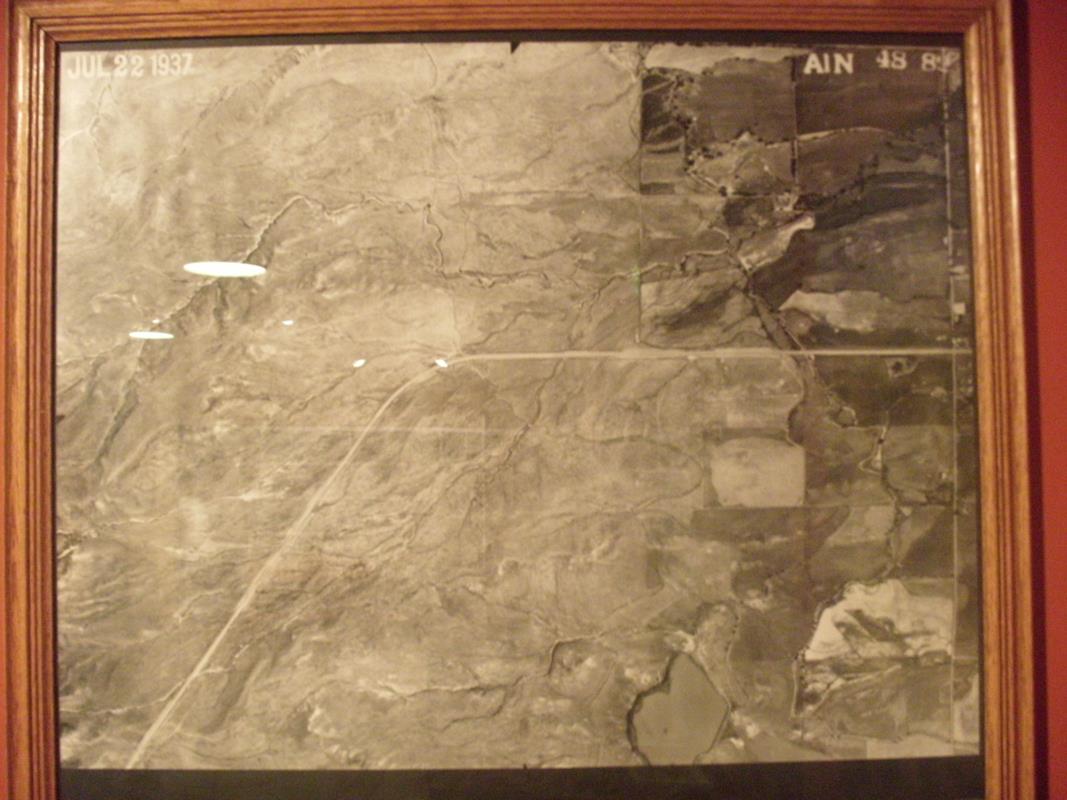 |
| Denver Federal Center Museum. |
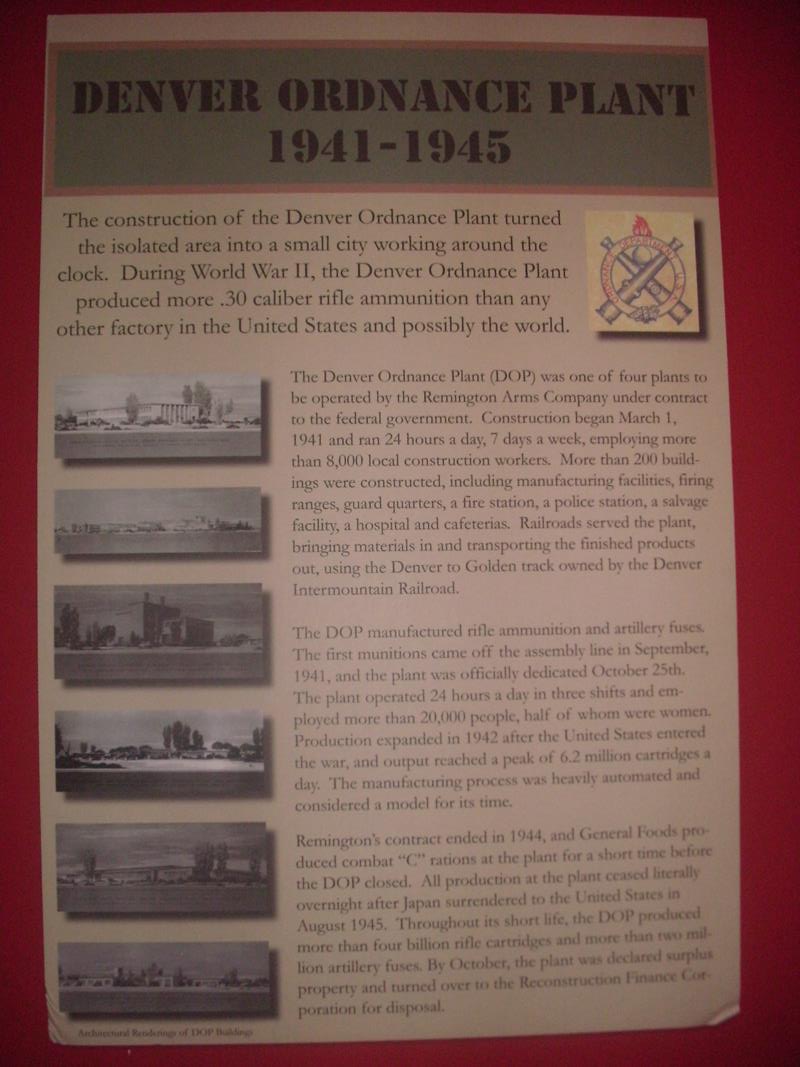 |
| Denver Federal Center Museum. |
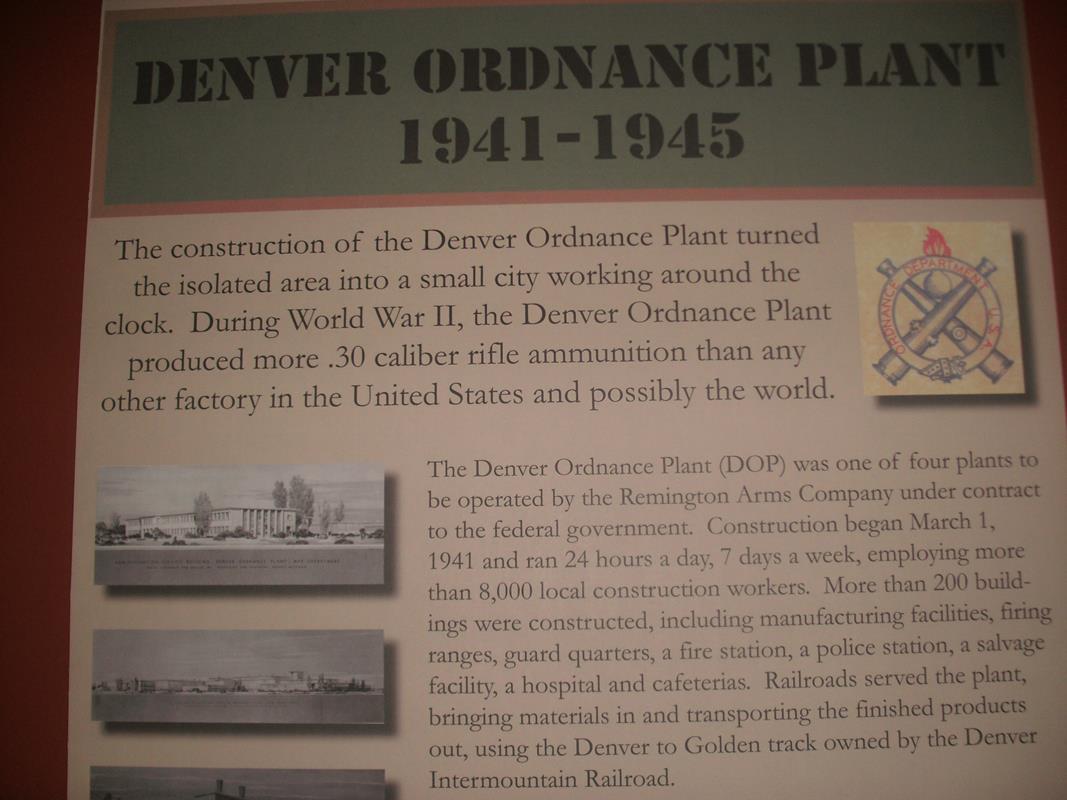 |
| Denver Federal Center Museum. |
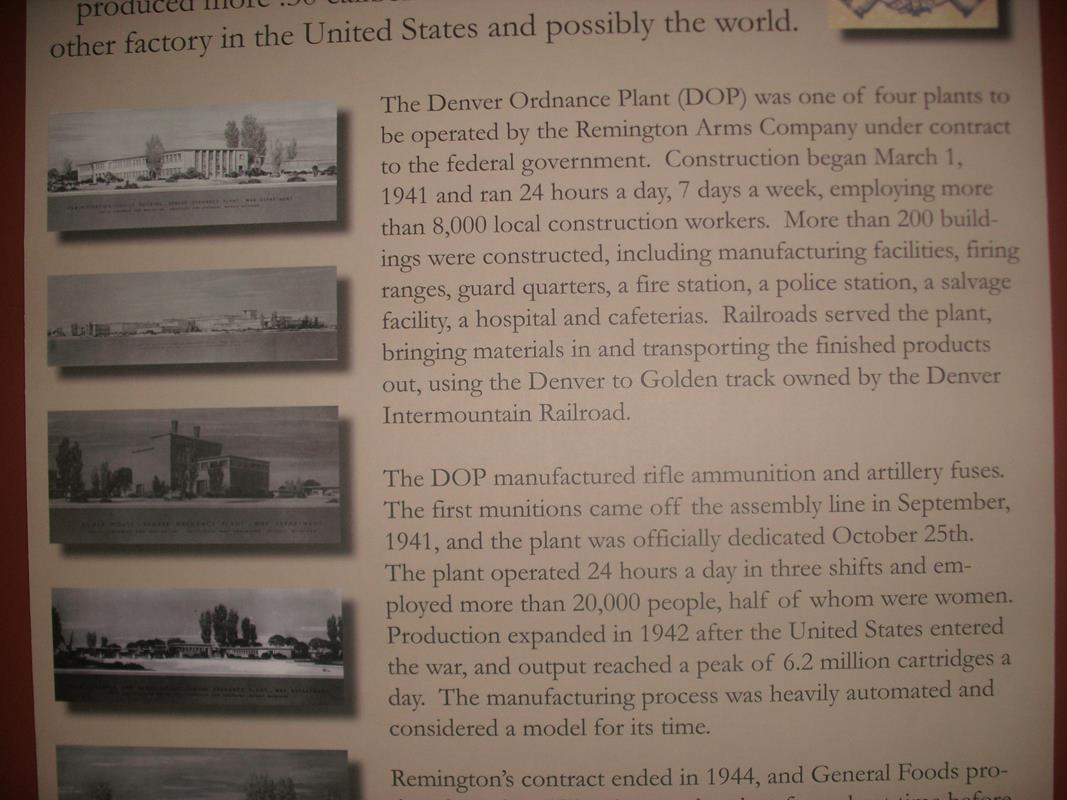 |
| Denver Federal Center Museum. |
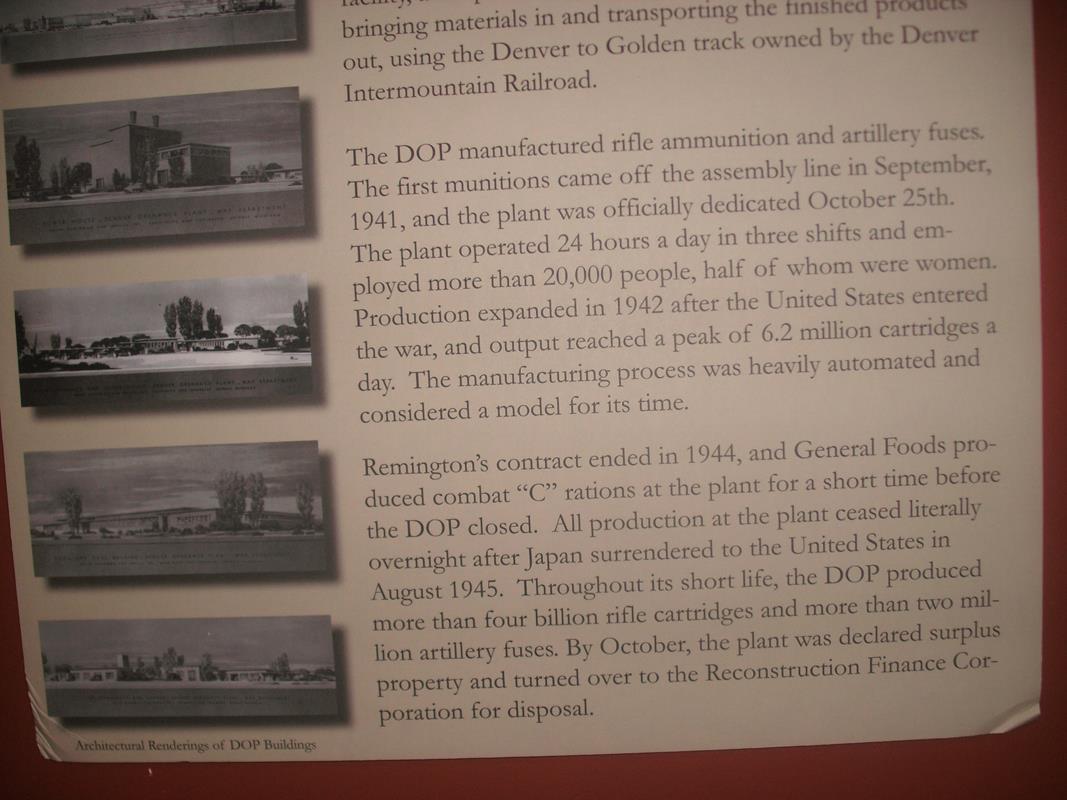 |
| Denver Federal Center Museum. |
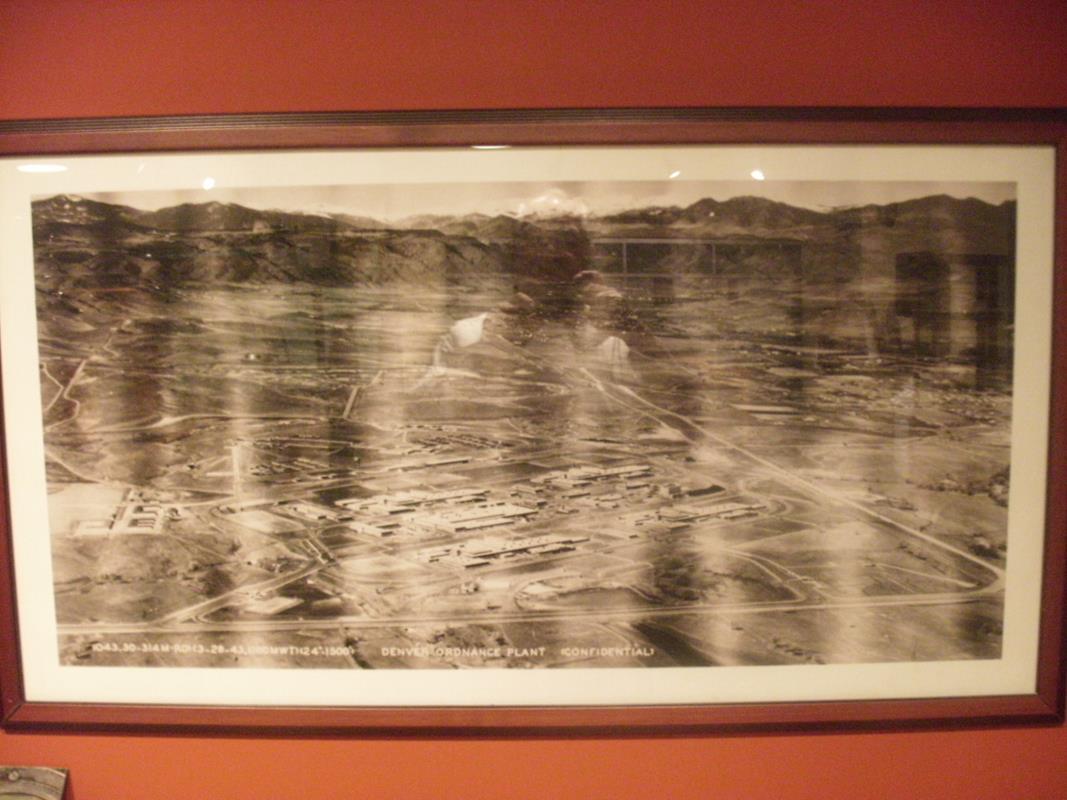 |
| Denver Federal Center Museum. |
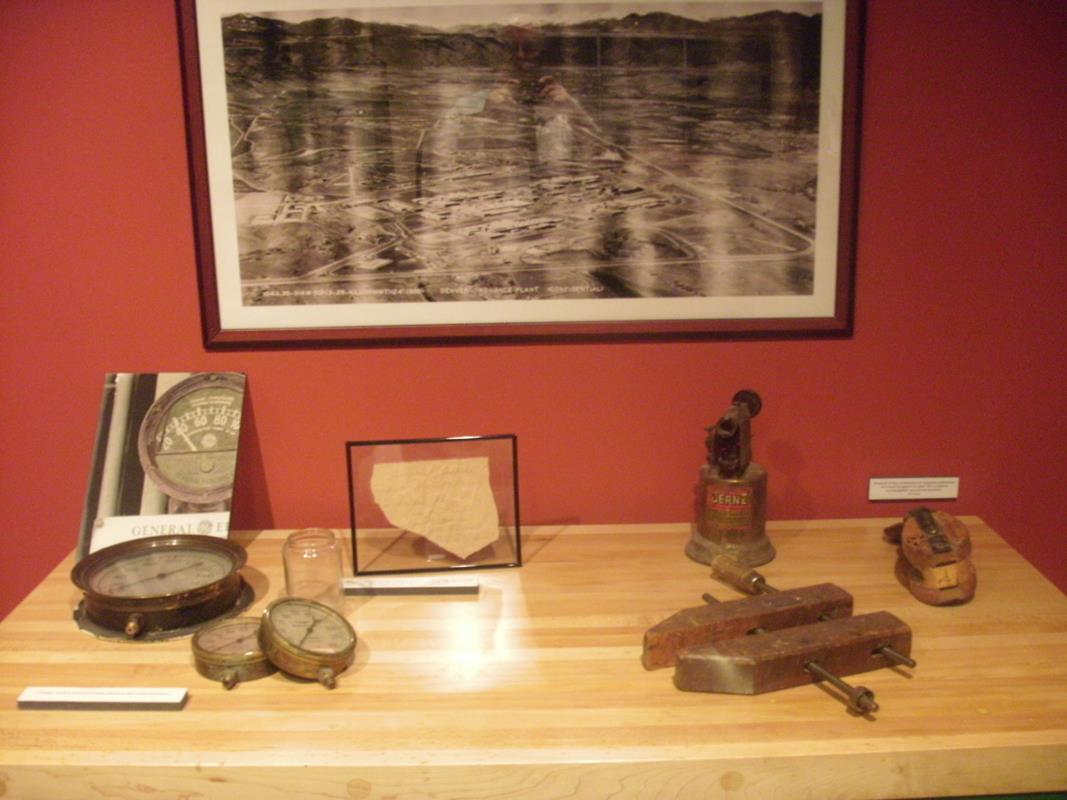 |
| Denver Federal Center Museum. |
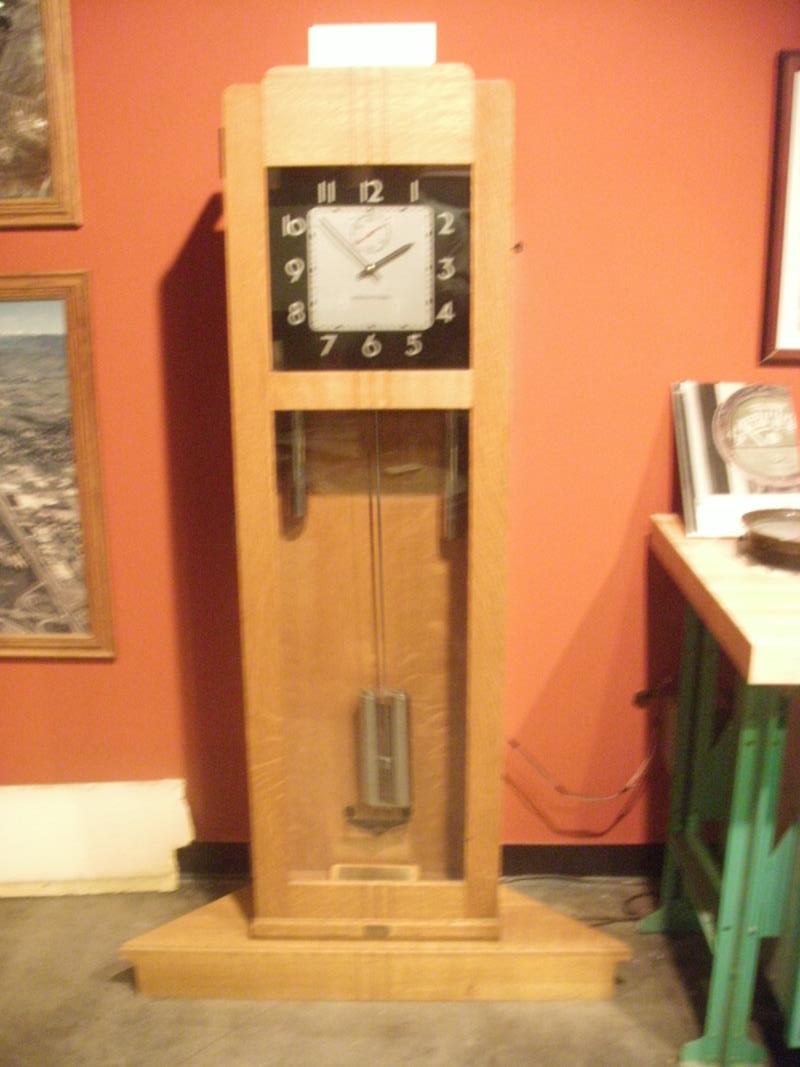 |
| Denver Federal Center Museum. |
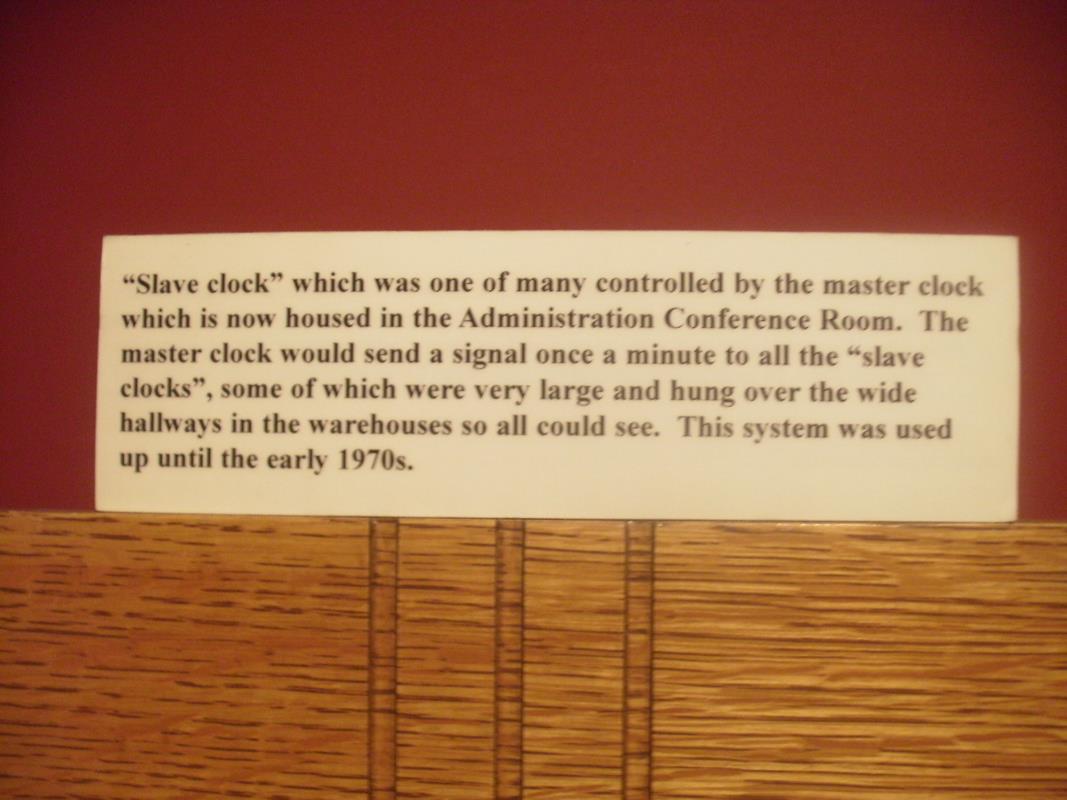 |
| Denver Federal Center Museum. |
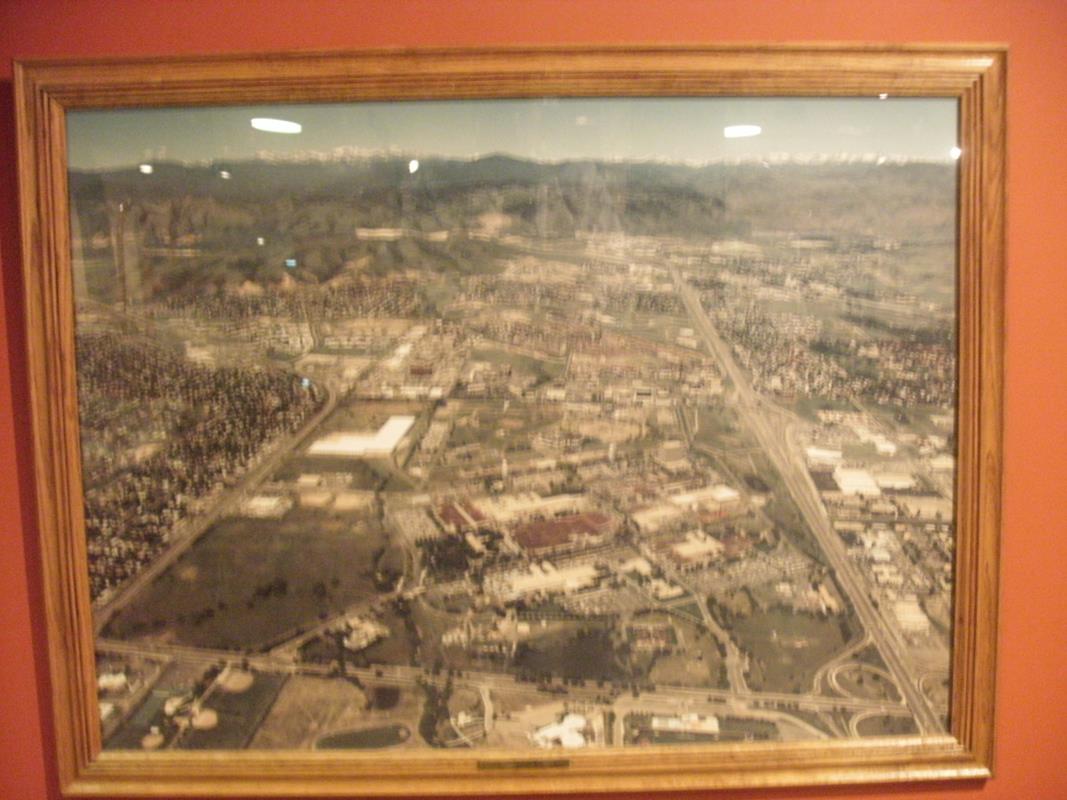 |
| Denver Federal Center Museum. |
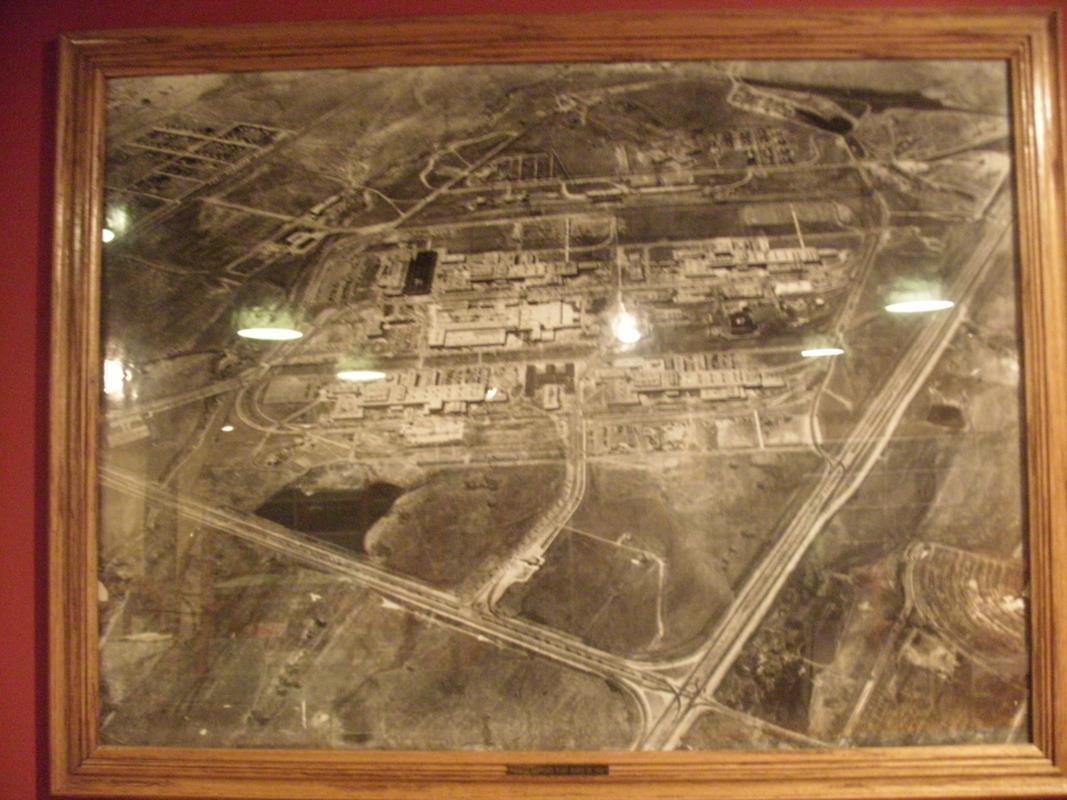 |
| Denver Federal Center Museum. |
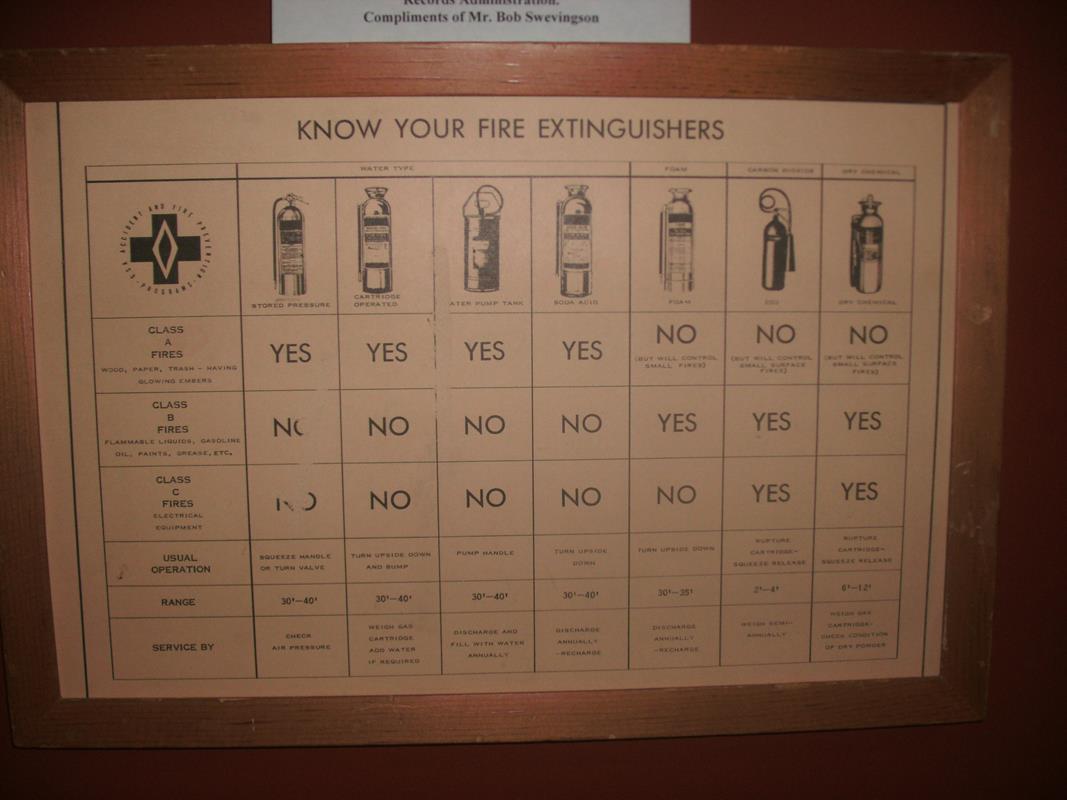 |
| Denver Federal Center Museum. |
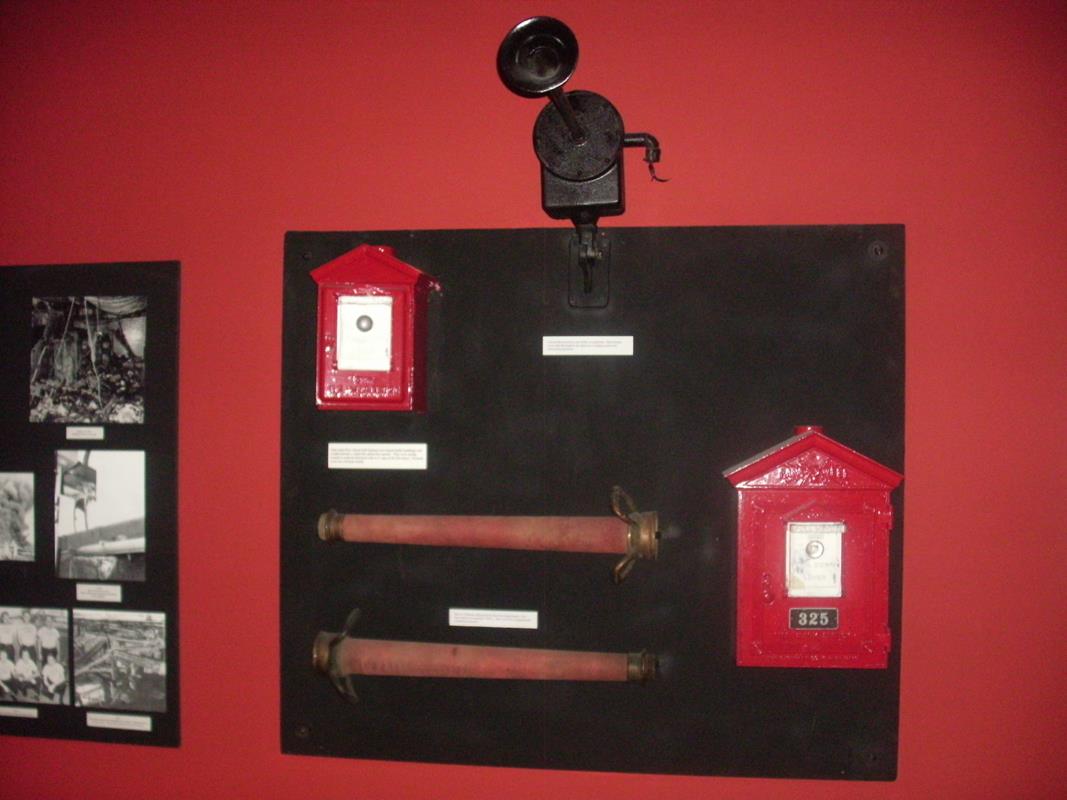 |
| Denver Federal Center Museum. |
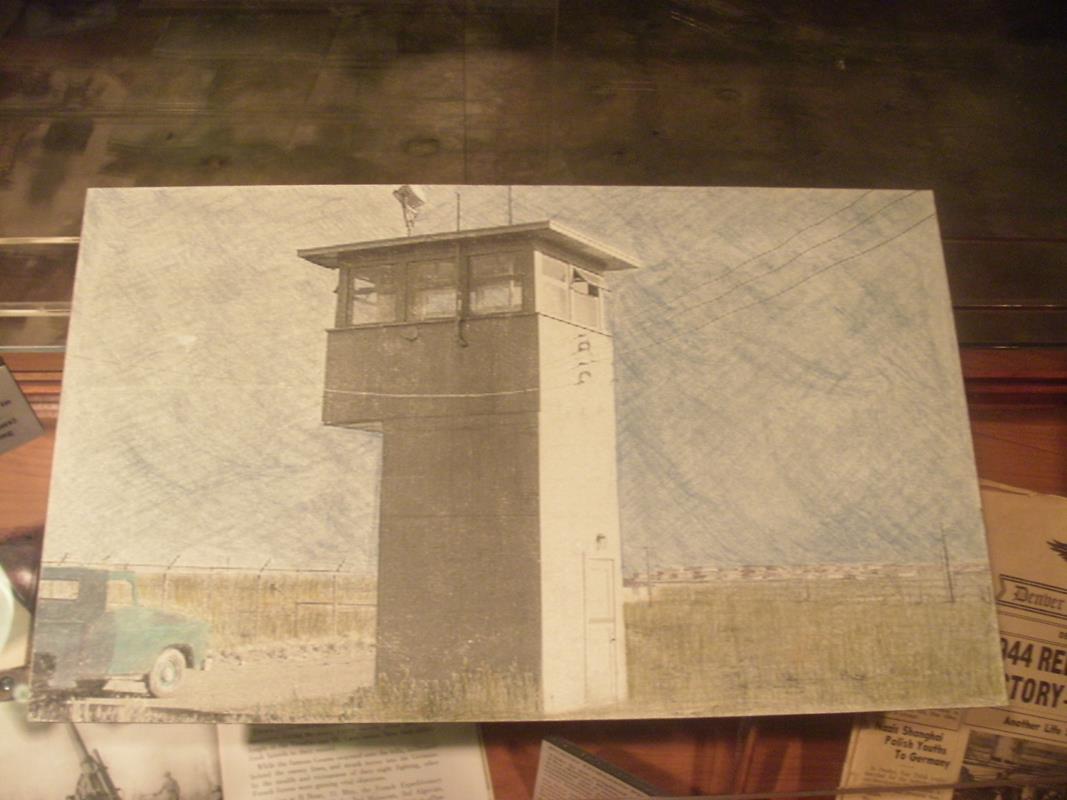 |
| Denver Federal Center Museum. |
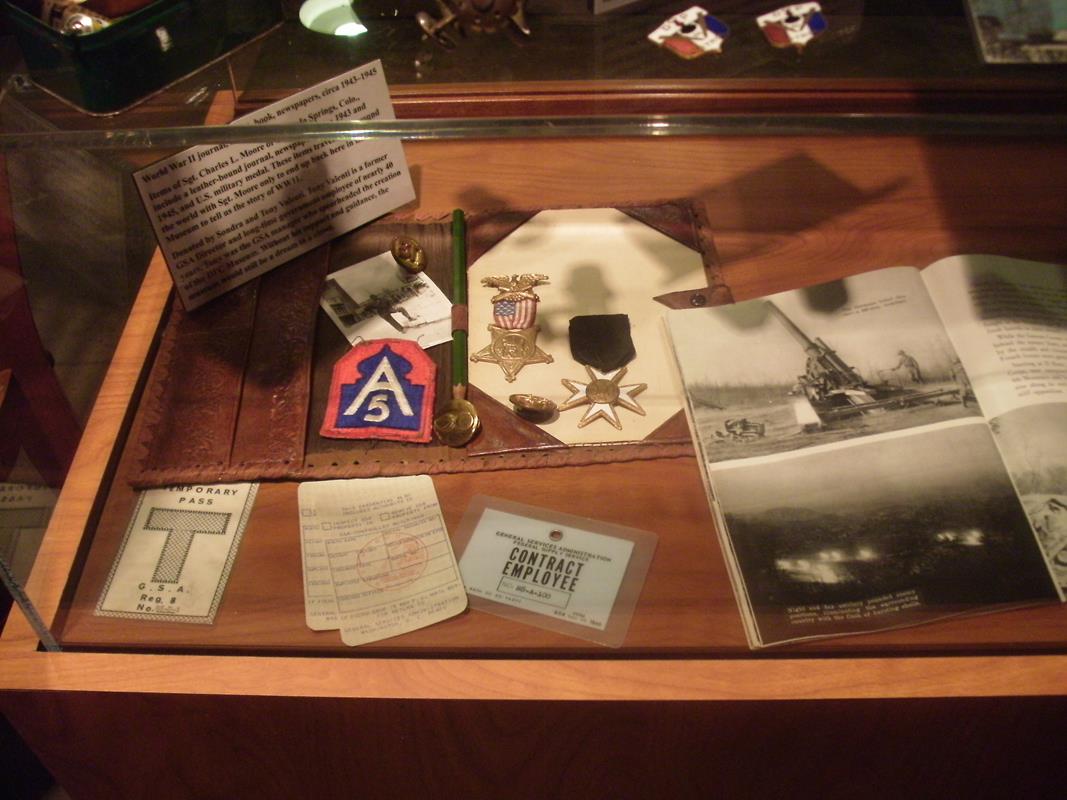 |
| Denver Federal Center Museum. |
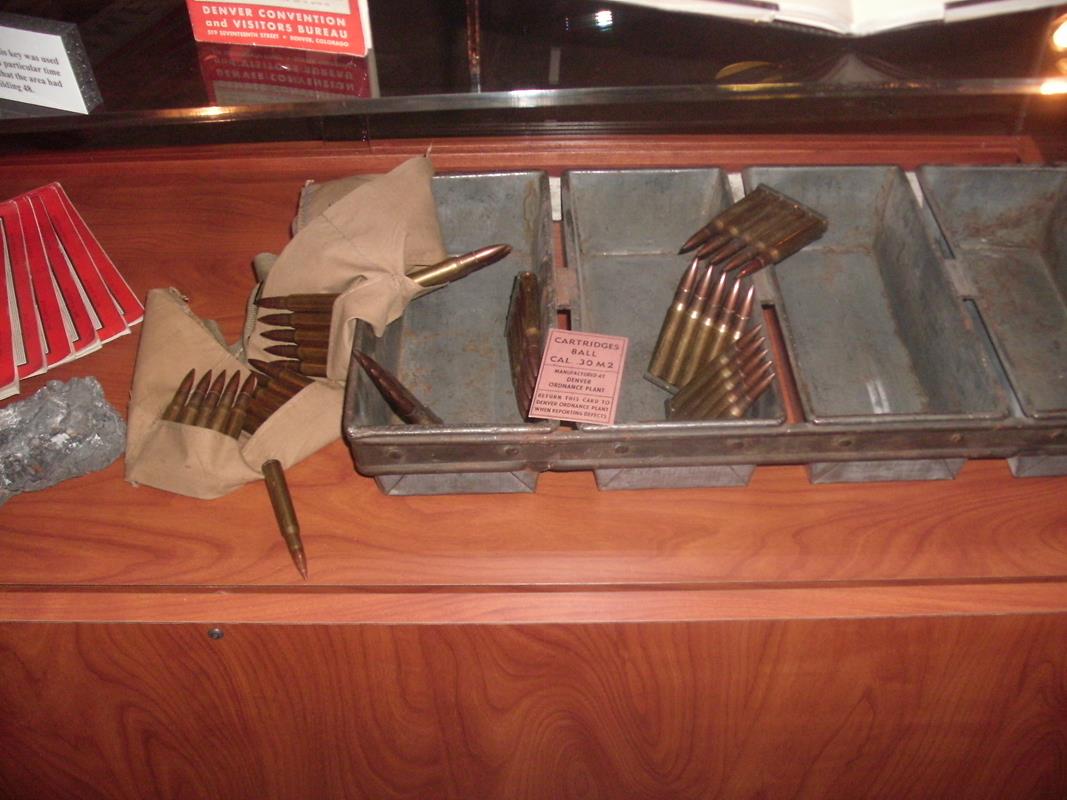 |
| Denver Federal Center Museum. |
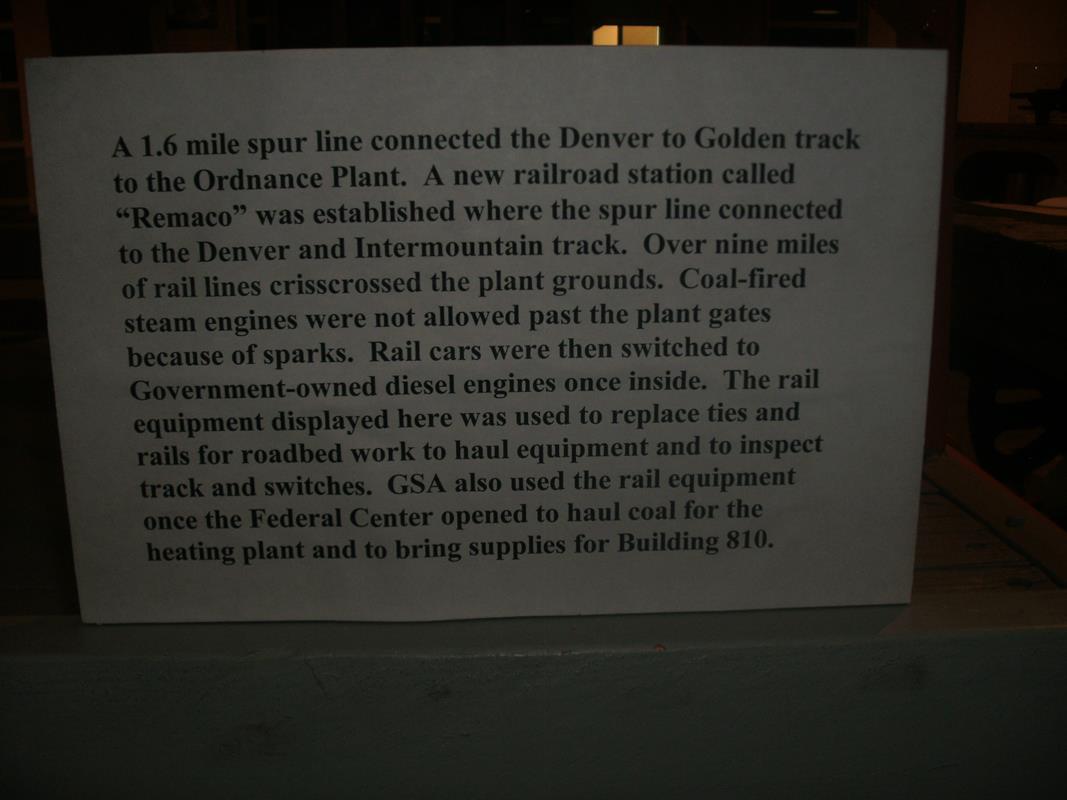 |
| Denver Federal Center Museum. |
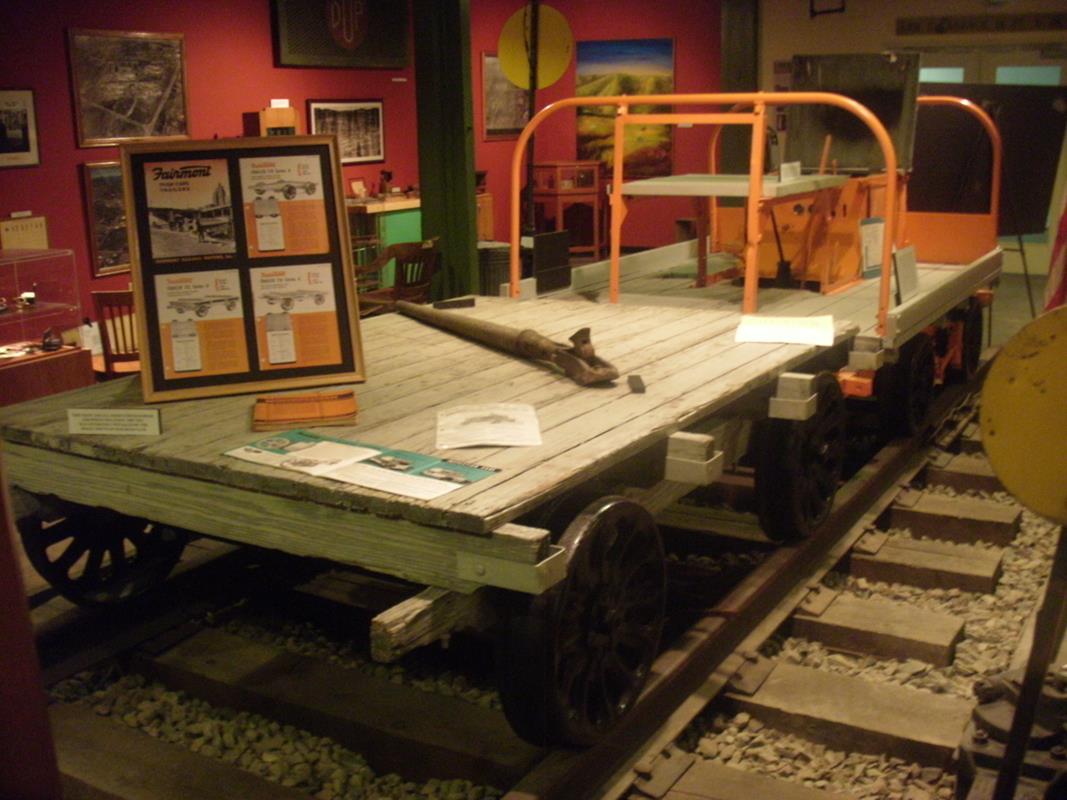 |
| Denver Federal Center Museum. |
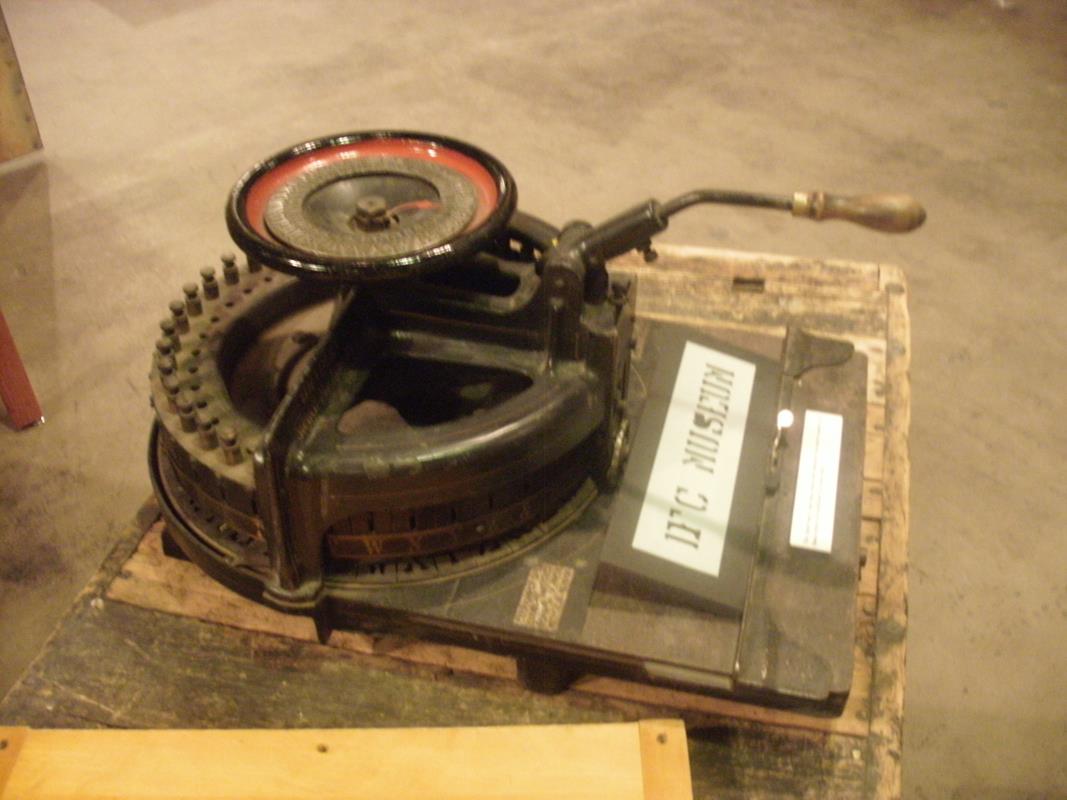 |
| Denver Federal Center Museum. |
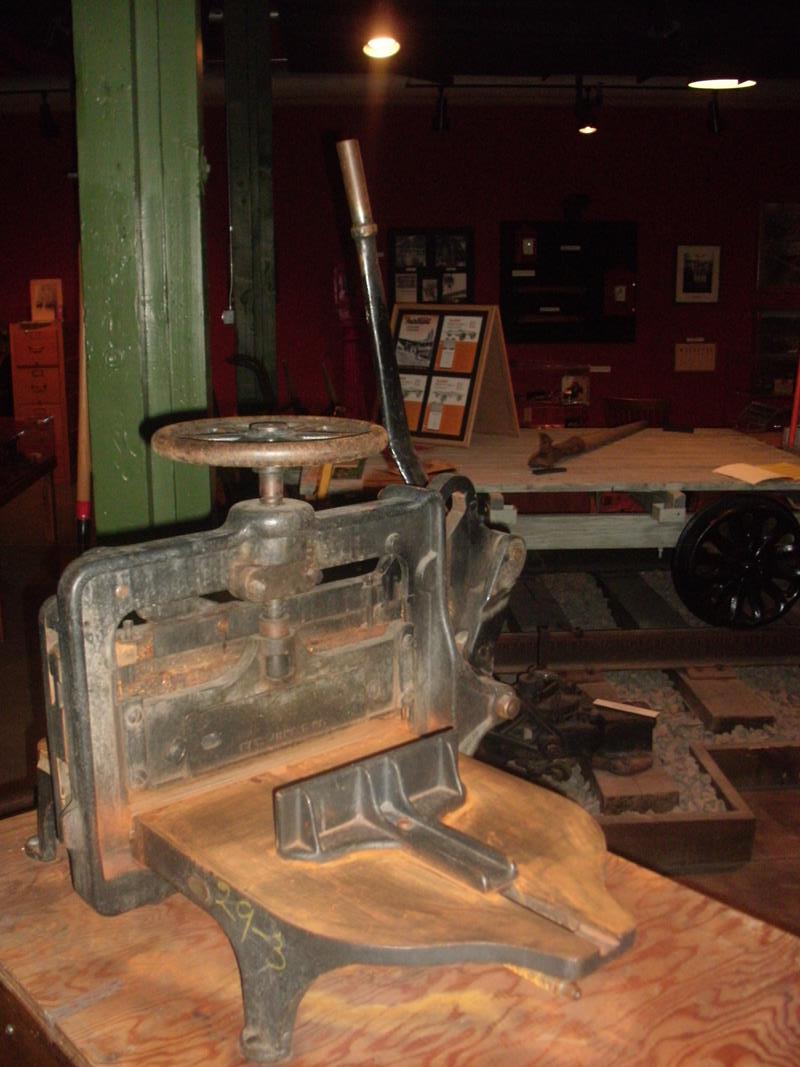 |
| Denver Federal Center Museum. |
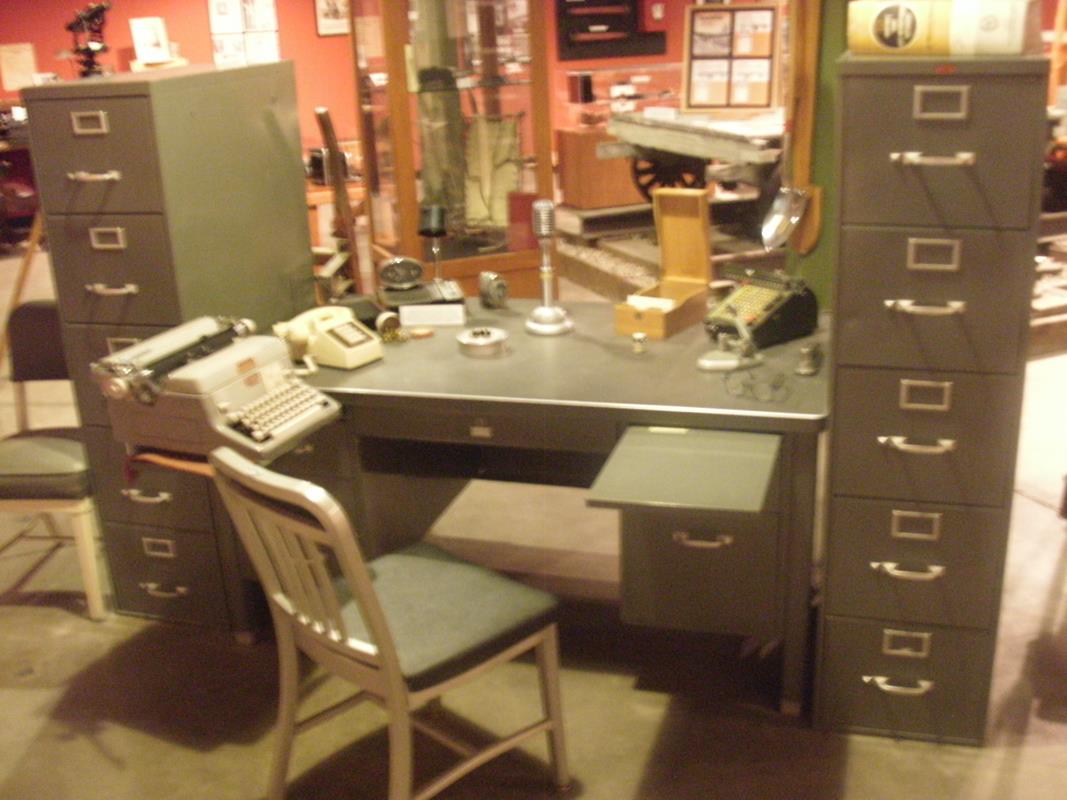 |
| Denver Federal Center Museum. |
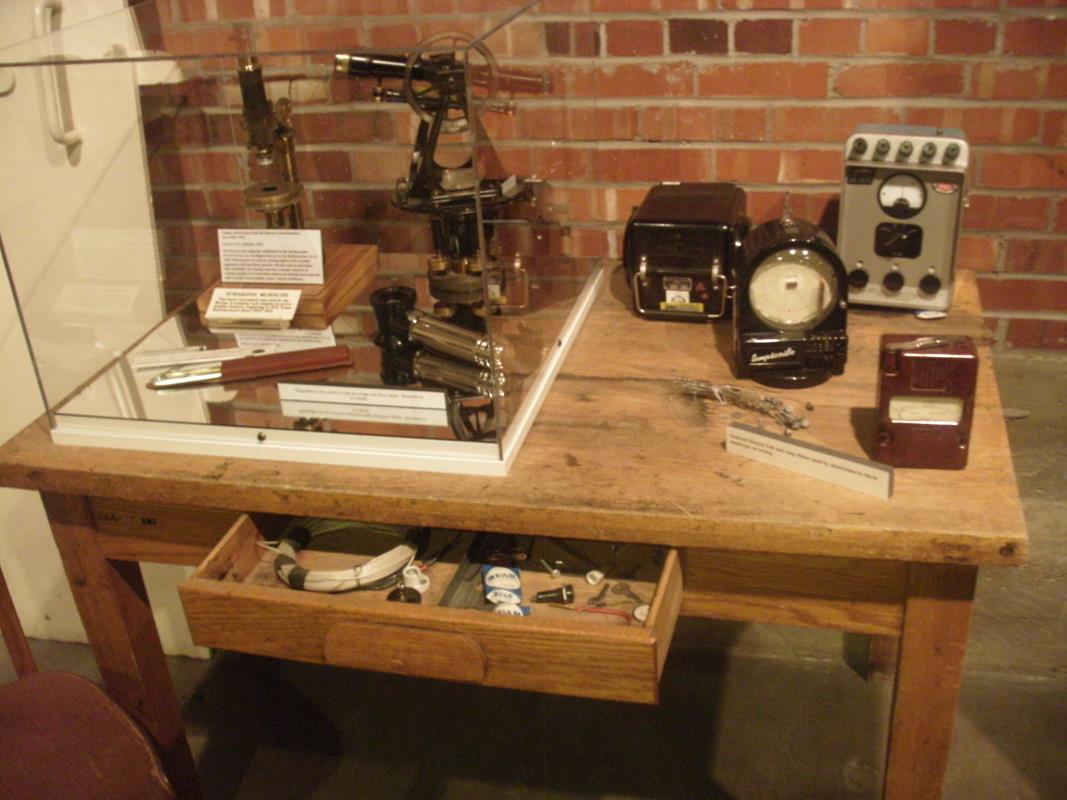 |
| Denver Federal Center Museum. |
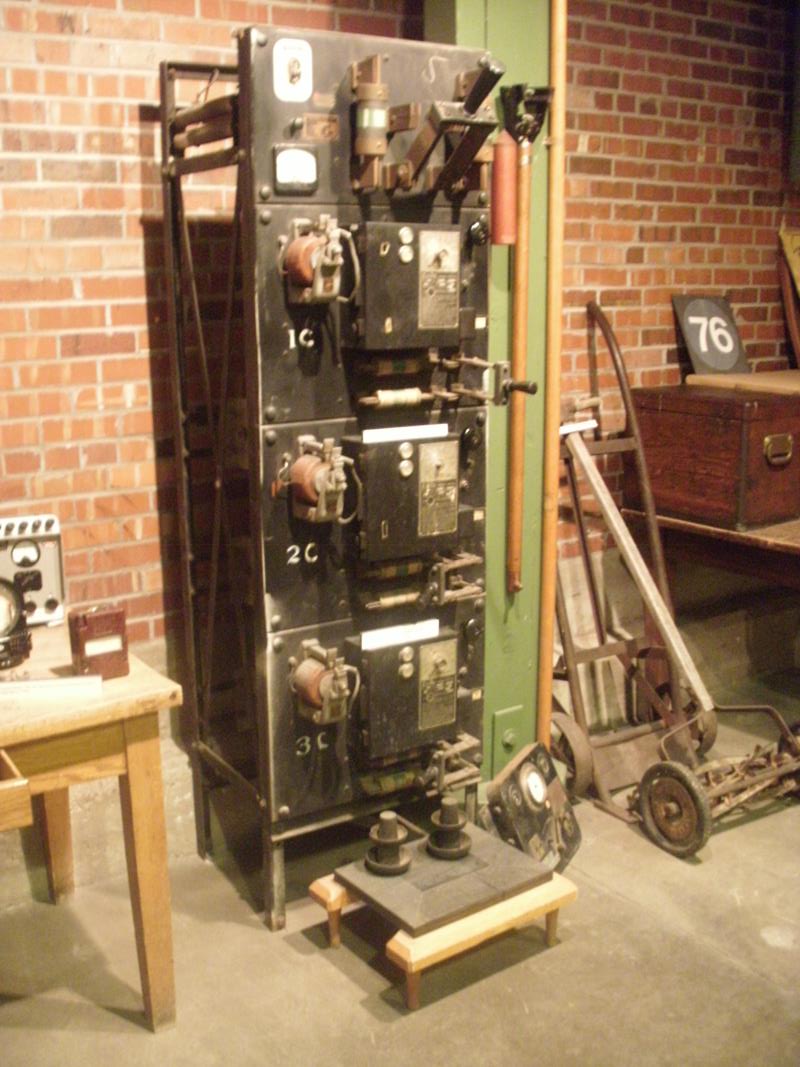 |
| Denver Federal Center Museum. |
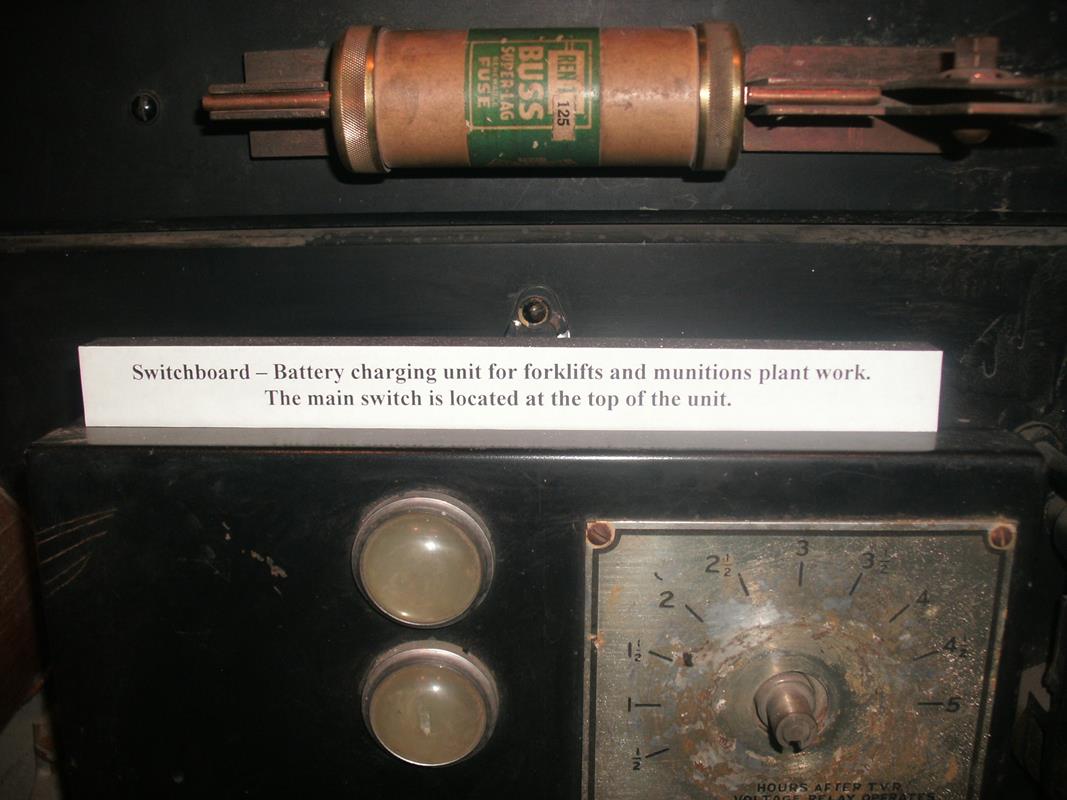 |
| Denver Federal Center Museum. |
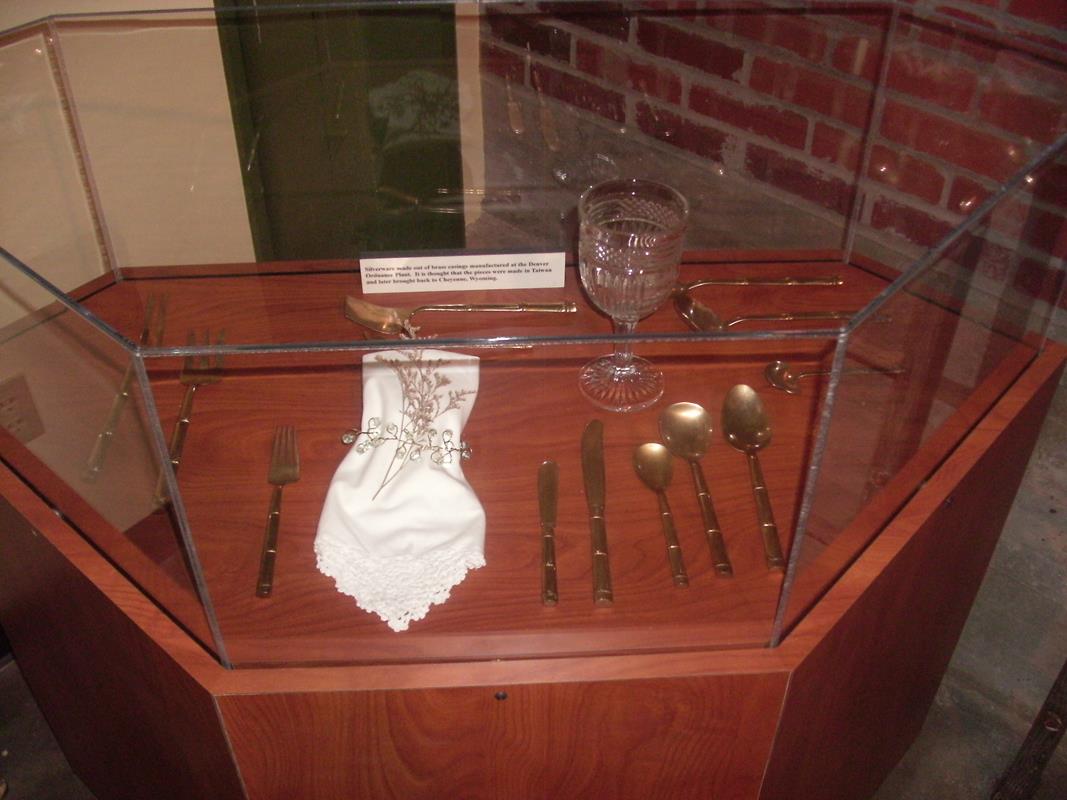 |
| Denver Federal Center Museum. |
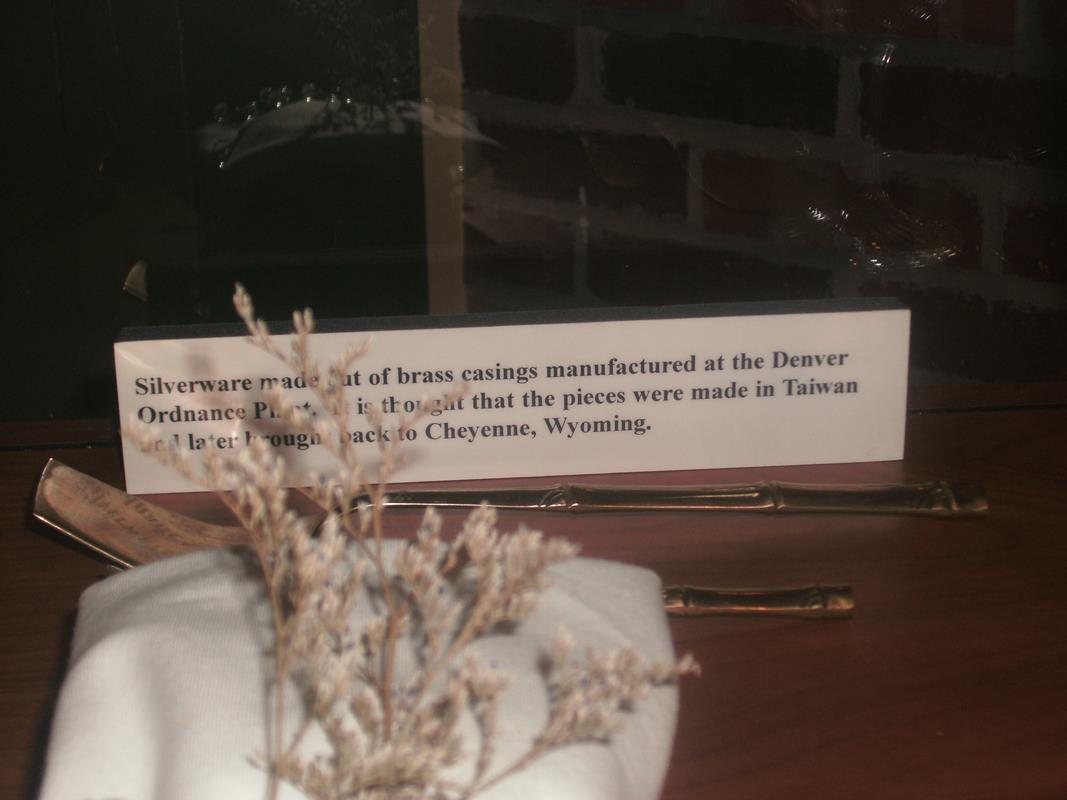 |
| Denver Federal Center Museum. |
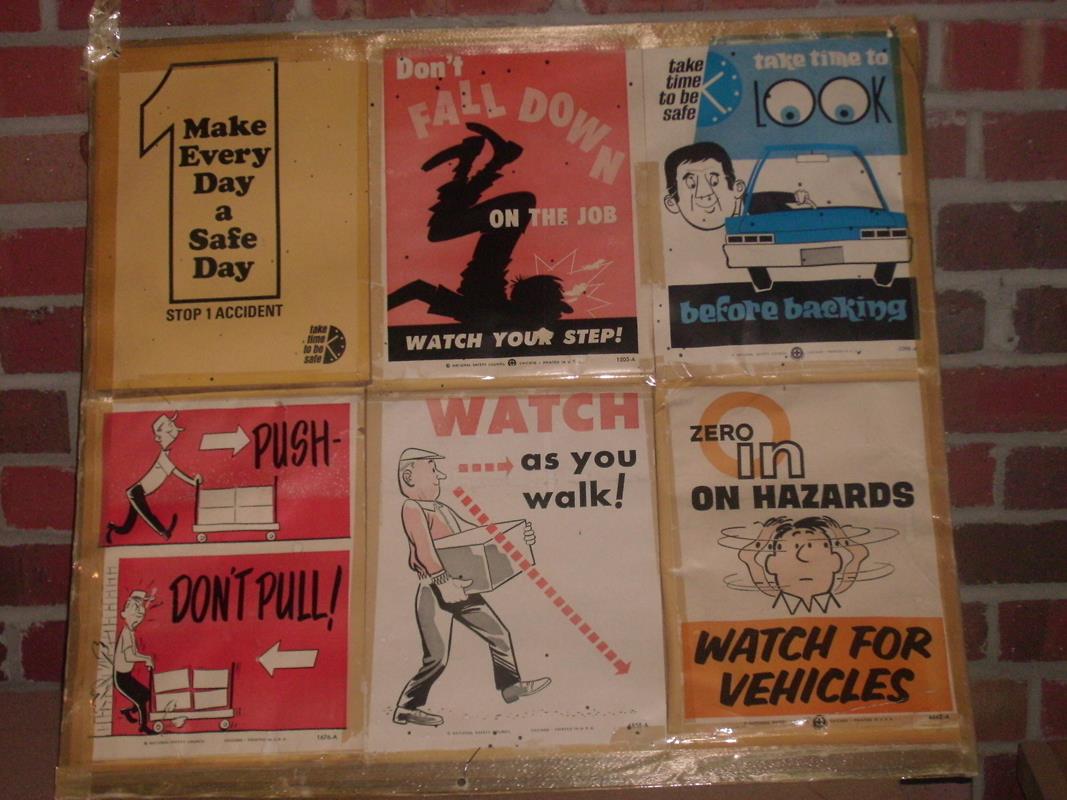 |
| Denver Federal Center Museum. |
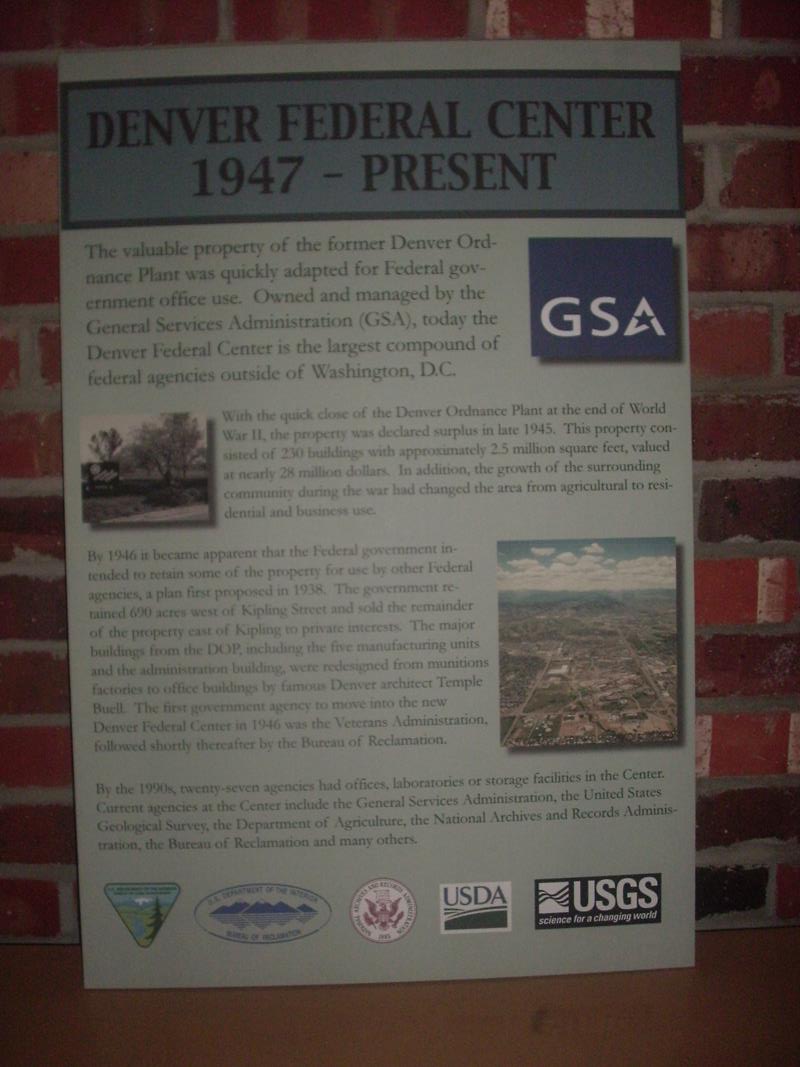 |
| Denver Federal Center Museum. |
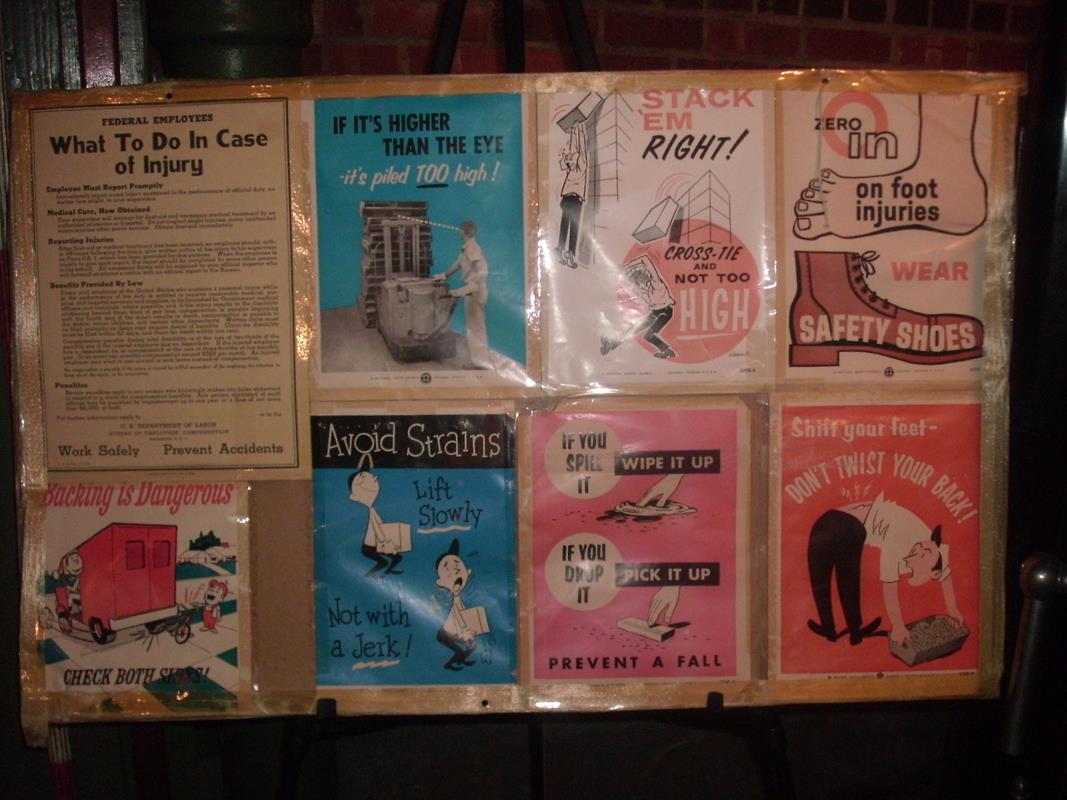 |
| Denver Federal Center Museum. |
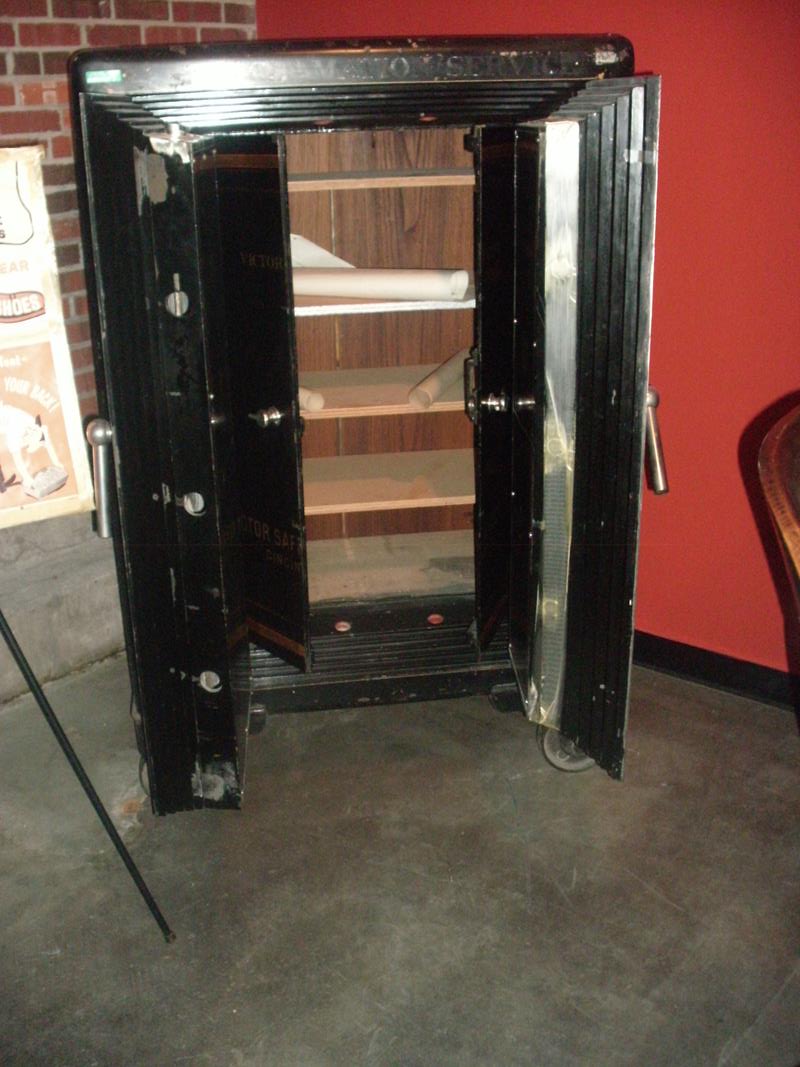 |
| Denver Federal Center Museum. |
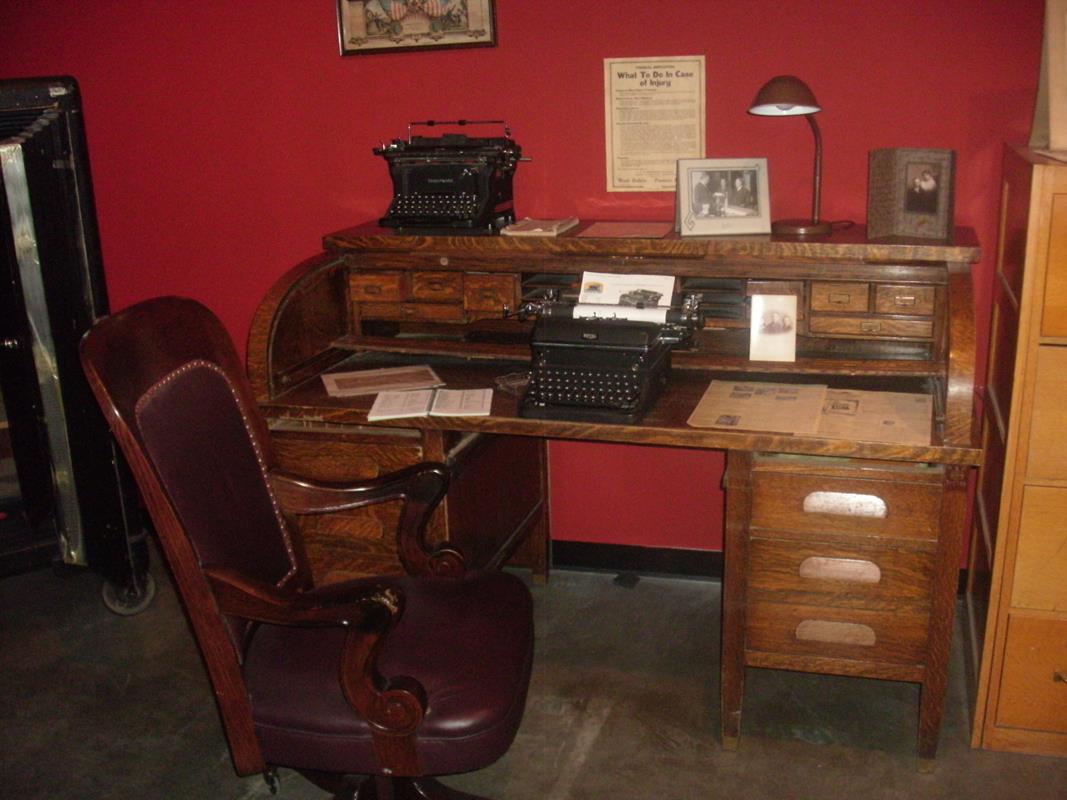 |
| Denver Federal Center Museum. |
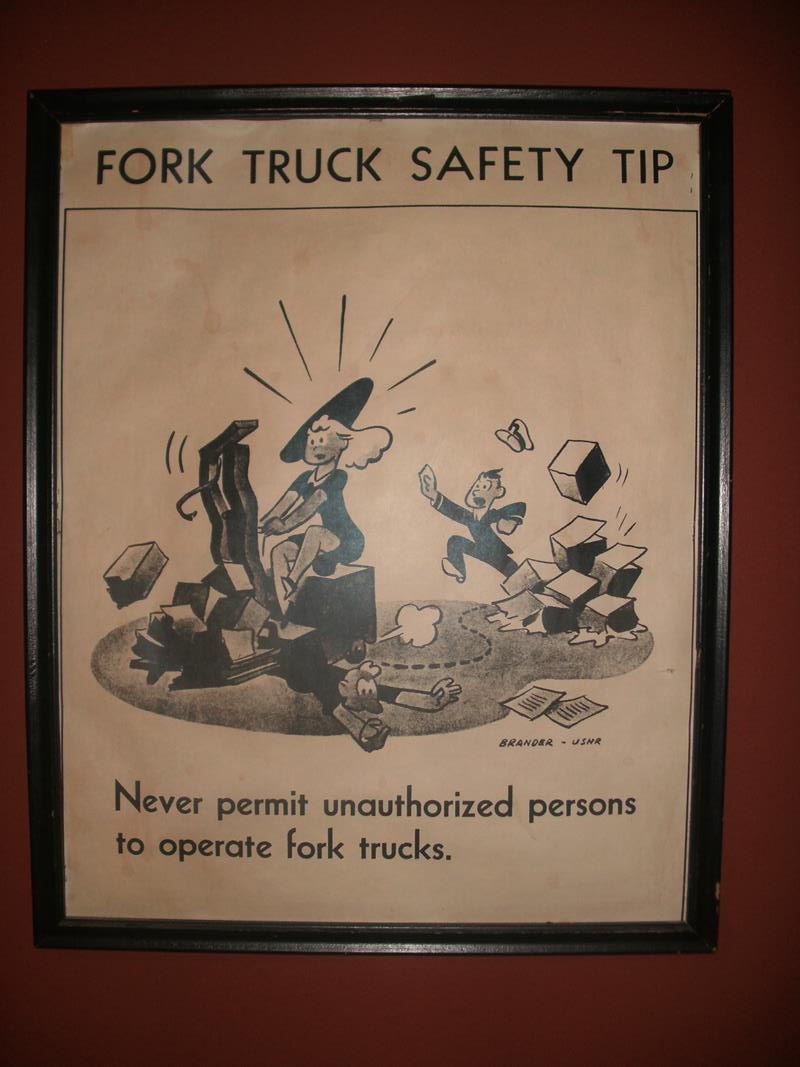 |
| Denver Federal Center Museum. |
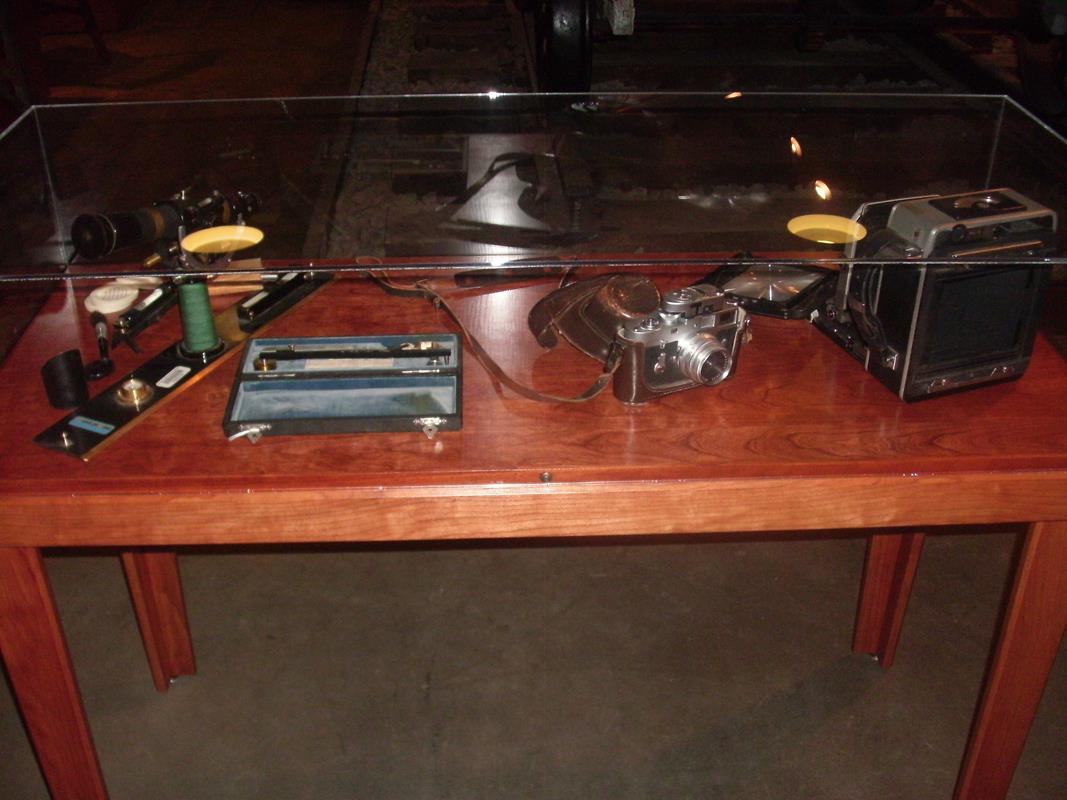 |
| Denver Federal Center Museum. |
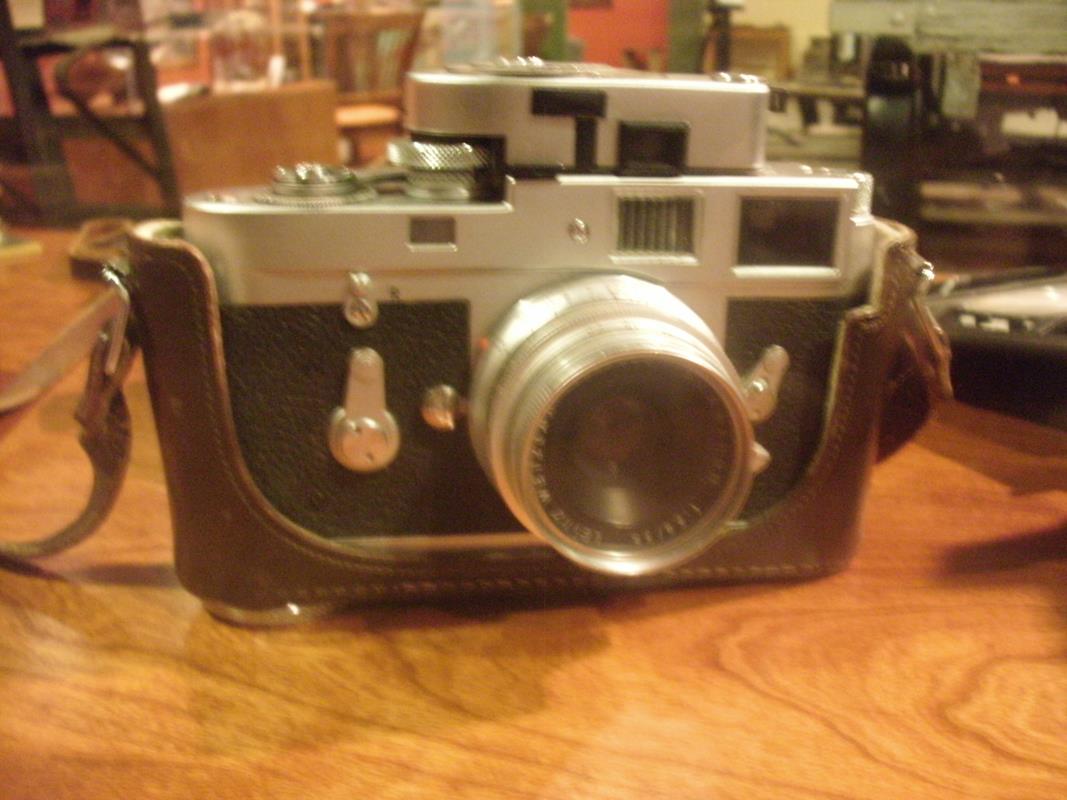 |
| Denver Federal Center Museum. |
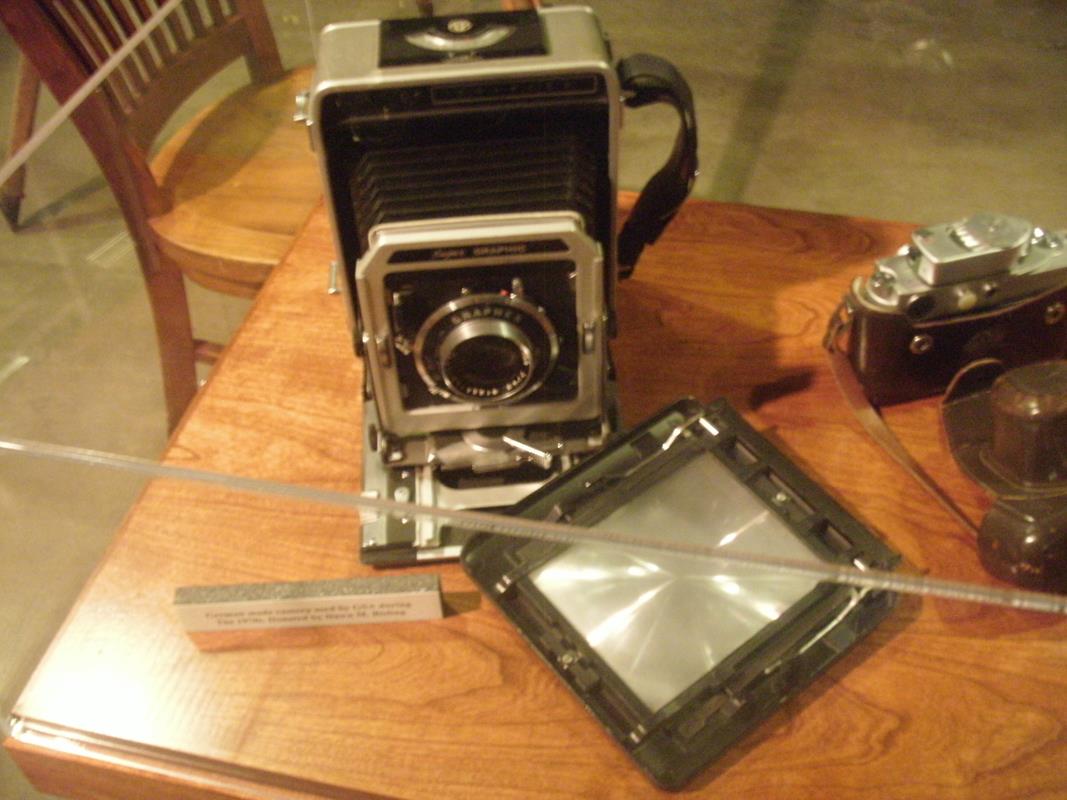 |
| Denver Federal Center Museum. |
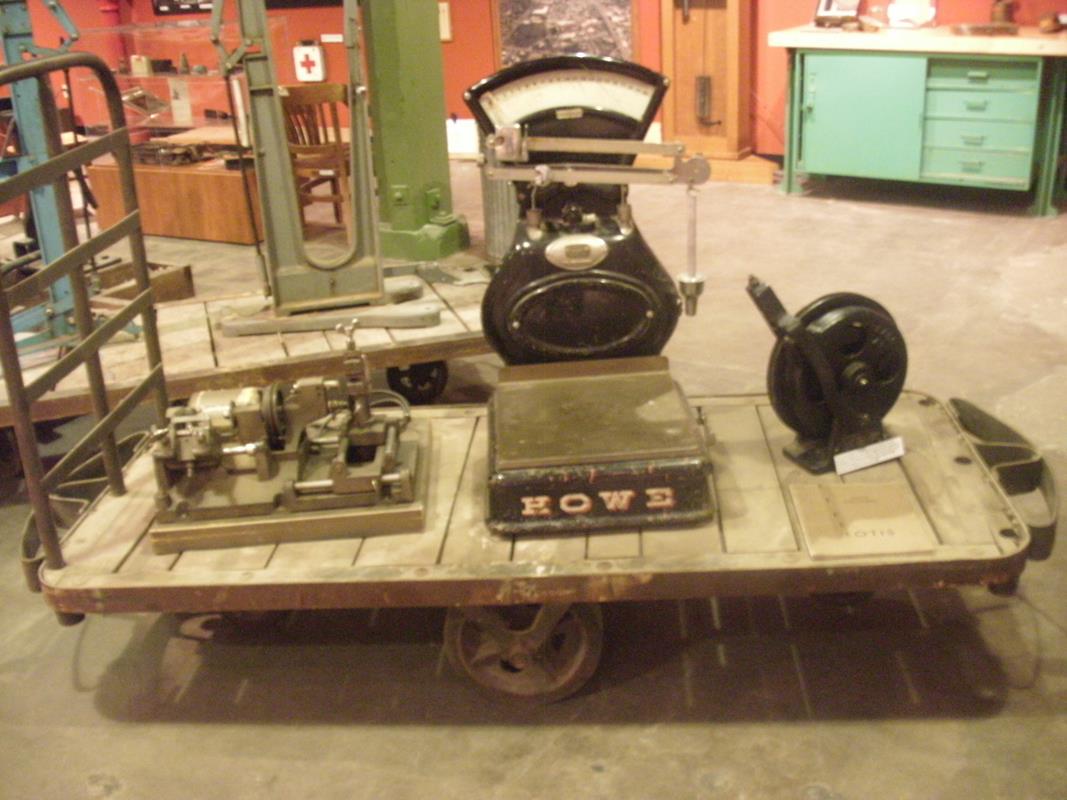 |
| Denver Federal Center Museum. |
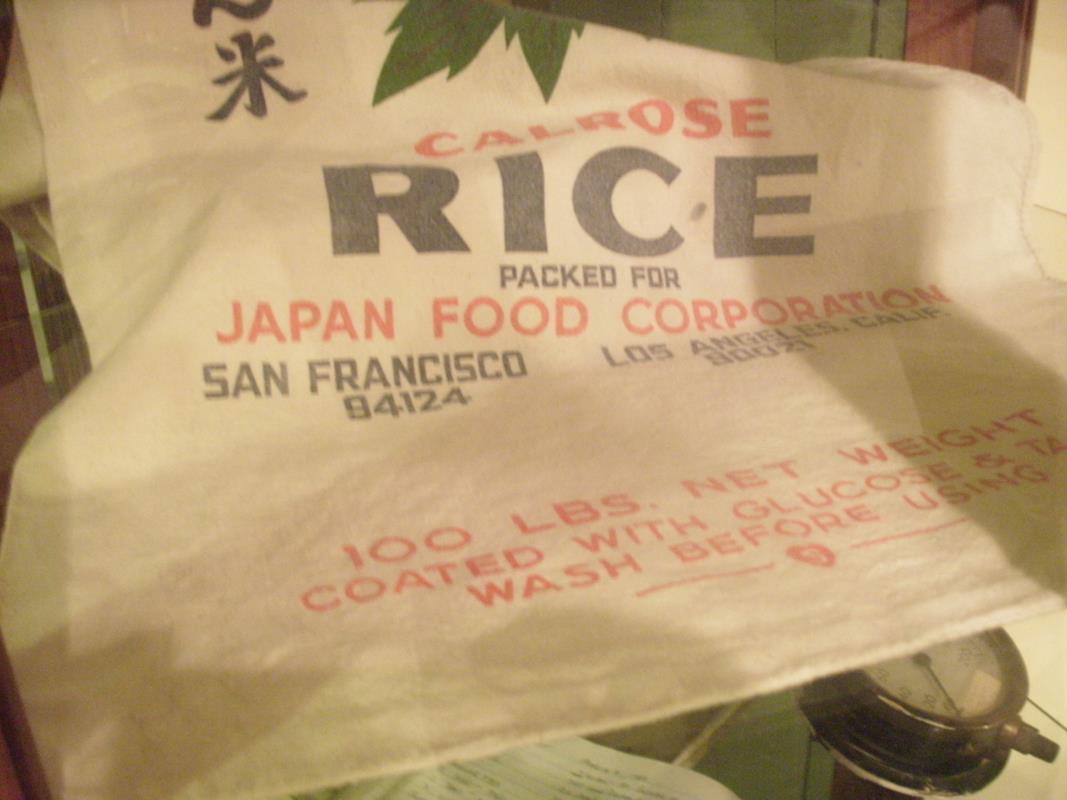 |
| Denver Federal Center Museum. |
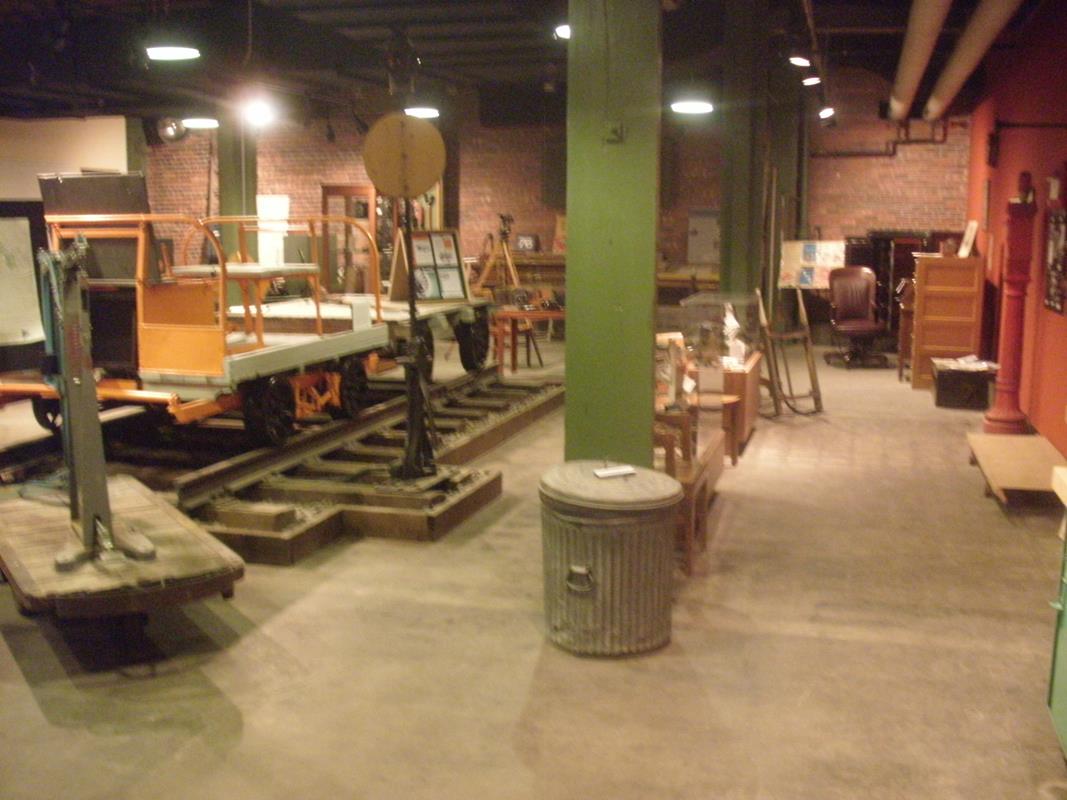 |
| Denver Federal Center Museum. |
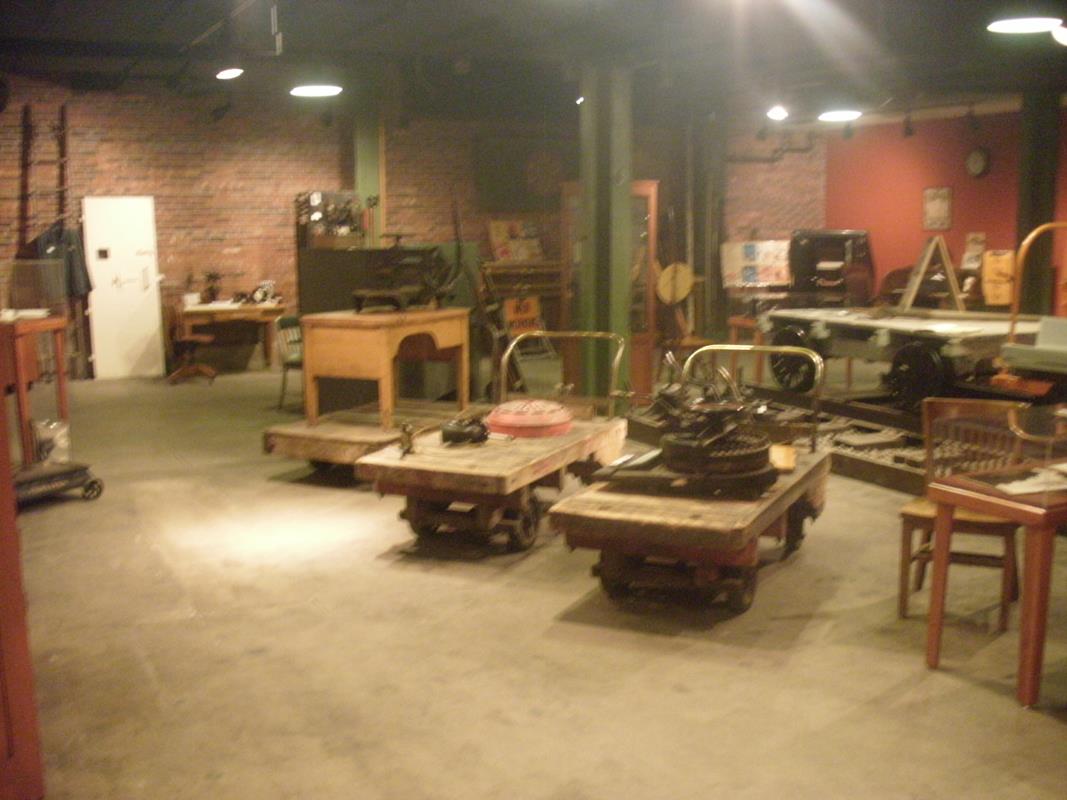 |
| Denver Federal Center Museum. |
THE HAYDEN RANCH, 1913-1941
The Hayden ranch was founded in 1869 by Major Jacob Downing, organizer of the First Colorado Cavalry Company D during the Civil War. Downing built a 1,500 acre ranch
to raise Arabian thoroughbred horses. The ranch also included cattle, fruit trees, and a large brick ranch house.
Downing died in 1907 and the ranch was purchased by Thomas Hayden in 1913. He expanded the ranch to 6,300 acres, used primarily for cattle. Hayden's daughter-in-law,
Mrs. St. Claire Hayden, continued to operate the ranch after the death of her husband, William in 1937. By 1940, the 7,000 acre Hayden ranch was the largest livestock
operation in the Denver area.
During this time, Lakewood consisted primarily of farms, dairies, orchards, and ranches. It also appeared increasingly likely that the United States would be drawn
into the war in Europe. As a result, the federal government began building new munitions plants to support the military buildup. The Denver Chamber of Commerce,
railroads, newspapers, and various civic organizations began lobbying for Colorado to be the location of one of these four plants. The large size and lack of
inhabitants in the Hayden ranch area was attractive to the War Department.
In January, 1941, the federal government purchased 2,072 acres of land from there different landowners, the majority from the Hayden ranch, and began plans to
construct the Denver Ordnance Plant.
DENVER ORDNANCE PLANT, 1941-1945
The construction of the Denver Ordnance Plant turned the isolated area into a small city working around the clock. During World War II, the Denver Ordnance Plant
produce more .30 caliber rifle ammunition than any other factory in the United States and possibly the world.
The Denver Ordnance Plant (DOP) was one of four plants to be operated by the Remington Arms Company under contract to the federal government. Construction began
March 1, 1941 and ran 24 hours a day, 7 days a week, employing more than 8m000 local construction workers. More than 200 buildings were constructed, including
manufacturing facilities, firing ranges, guard quarters, a fire station, a police station, a salvage facility, a hospital, and cafeterias. Railroads served the plant,
brining materials in and transporting the finished products out, using the Denver to Golden track owned by the Denver intermountain Railroad.
A 1.56 mile spur line connected the Denver to Golden track to the Ordinance Plant. A new railroad station called "Remaco" was established where the spur line
connected to the Denver and Intermountain track. Over nine miles of rail lines crisscrossed the plant grounds. Coal-fired steam engines were not allowed pas the
plant gates because of sparks. Rail cars were then switched to Government-owned diesel engines once inside. The rail equipment displayed here was used to replace
ties and rails for roadbed work to haul equipment and to inspect track and switches. GSA also used the rail equipment once the Federal Center opened to haul coal
for the heating plant and to bring supplies for Building 810.
The DOP manufactured rifle ammunition and artillery fuses. The first munitions came off the assembly line in September 1941, and the plant was officially dedicated
October 25th. The plant operated 24 hours a day in three shifts and employed more than 20,000 people, half of whom were women. Production expanded in 1942 after the
United states entered the war, and output reached a peak of 6.2 million cartridges a day. The manufacturing process was heavily automated and considered a model for
its time.
Remington's contract ended in 1944, and General Foods produced combat "C" rations at the plant for a short time before the DOP closed. All production at the plant
ceased literally overnight after Japan surrendered to the United states in August 1945. Throughout it short life, the DOP produced more than four billion rifle
cartridges and more than two million artillery fuses. By October, the plant was declared surplus property and turned over to the Reconstruction Finance Corporation
for disposal.
DENVER FEDERAL CENTER, 1947-PRESENT
The valuable property of the former Denver Ordnance Plant was quickly adapted for Federal government office use. Owned and managed by the General Services
Administration (GSA), today the Denver Federal Center is the largest compound of federal agencies outside of Washington, D.C.
With the quick close of the Denver Ordnance Plant at the end of World War II, the property was declared surplus in late 1945. This property consisted of 230
buildings with approximately 2.5 million square feet, valued at nearly 28 million dollars. In addition, the growth of the surrounding community during the war
had changed the area from agricultural to residential and business use.
By 1946 it became apparent that the Federal government intended to retain some of the property for use by other Federal agencies, a plan first proposed in 1938.
The government retained 690 acres west of Kipling Street and sold the remainder of the property east of Kipling to private interests. The major building from the
DOP, including the five manufacturing units and the administration building, were redesigned from munitions factories to office buildings by famous Denver architect
Temple Buell. The first government agency to move into the new Denver Federal Center in 1946 was the Veterans Administration, followed shortly thereafter by the
Bureau of Reclamation.
By the 1990s, twenty-seven agencies had offices, laboratories or storage facilities in the Center. Current agencies at the Center include the General Services
Administration, the United States Geological Survey, the Department of Agriculture, the National Archives and Records Administration, the Bureau of Reclamation
and many others.
| LAKEWOOD HISTORICAL SOCIETY SITES |
|---|
NUMBER
KEY | IDENTIFICATION | ADDRESS | YEAR
BUILT | REGISTRY |
|---|
| 1 | Cason Howell House | 1575 Kipling Street | 1874 | State Registry |
| 2 | Washington Heights School | 6375 West First Street | 1889 | State Registry |
| 3 | Stone House | 2900 South Estes Street | 1886 | National Registry |
| 4 | Peterson House | 801 South Yarrow | 1880 | National Registry |
| 5 | Davies Chuck Wagon Diner | 9495 West Colfax Avenue | 1957 | National Registry |
| 6 | Schupp House | 1275 Ames Street | 1908 | |
| 7 | Ward House | 2261 Estes Street | 1928 | |
| 8 | WWII Memorial Monument | 7655 West 10th Street | 1947 | |
| 9 | Golden Hill Cemetery - Hill | 12000 West Colfax Avenue | 1908 | National Registry |
| 10 | Mercy Grove House | 1980 Garland Street | 1935 | |
| 11 | Cline House | 7020 West 13th Street | 1939 | |
| 12 | Rose Cottage | 1800 Dover Street | 1918 | |
| 13 | Panoramic Park | 12655 West Colfax Avenue | 1961 | |
| 14 | Addenbrooke Fireplace | 9100 West Center Avenue | 1953 | |
| 15 | Isaac Solomon Synagogue | 1600 Pierce Street | 1904 | |
| 16 | Schnell Farm | 3113 South Wadsworth Boulevard | 1888 | National Registry |
| 17 | O'Kane House | 6795 West First Street | 1897 | |
| 18 | Kellogg House | 2080 Klein Street | 1888 | |
| 19 | Everett Farm | 300 South Garrison Street | 1922 | |
| 20 | Denver & Intermountain Car 25 | 500 Kipling Street (Federal Center) | 1911 | State Registry |
| 21 | Mile High Church | 9079 West Alameda Avenue | 1973 | |
| 22 | Heavenly Paradise House | 975 Reed Street | 1952 | |
| A | Building 710 (Federal Center) | 10000 West Alameda Avenue | 1960 | National Registry |
| B | FEMA Building | 10000 West Alameda Avenue | 1969 | National Registry |
| C | JCRS Historic District | 1900 Pierce Street | 1900 | National Registry |
| D | Bonfil-Stanton Outbuildings | 797 South Wadsworth Boulevard | 1920 | State Registry |
| E | Country Club Garden Apartments | 1160 Pierce Street | 1962 | State Registry |












































